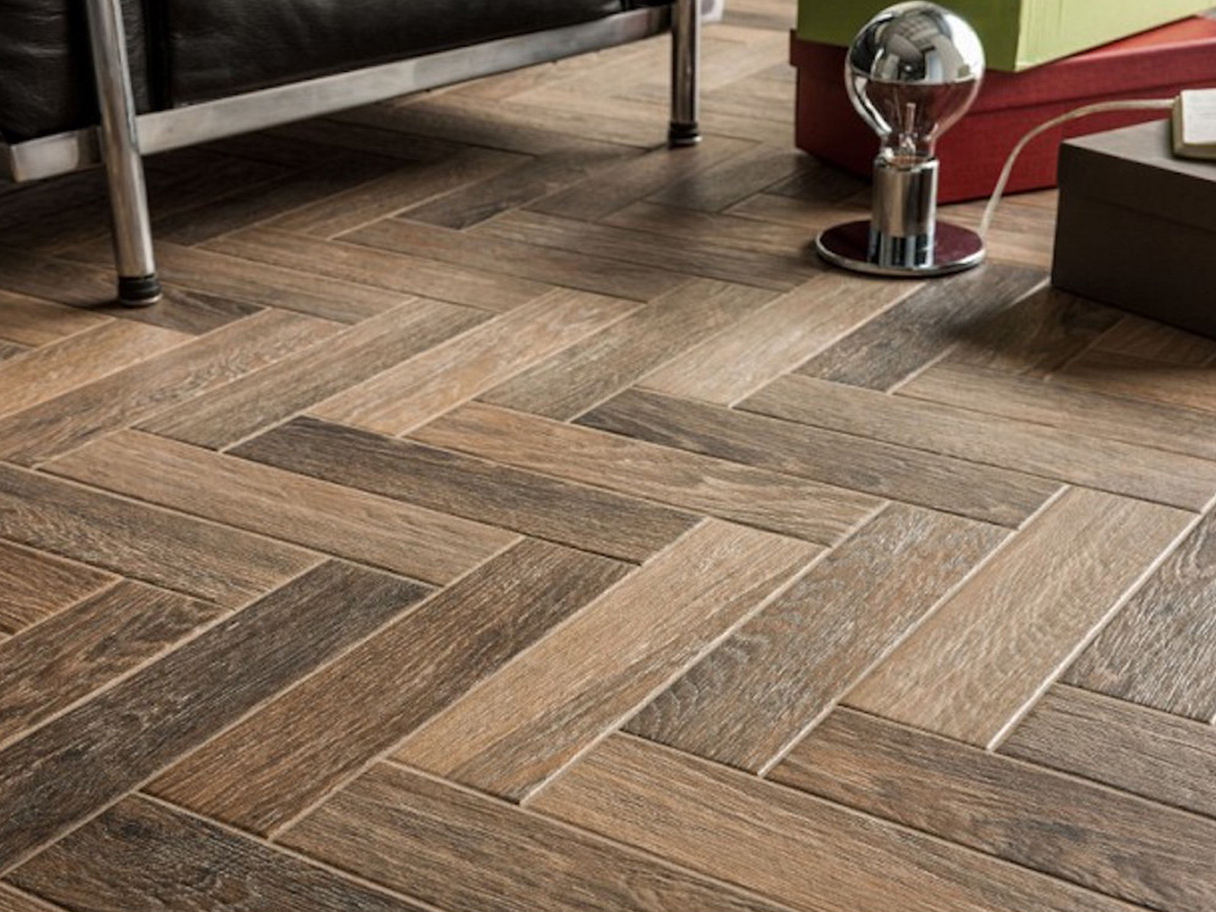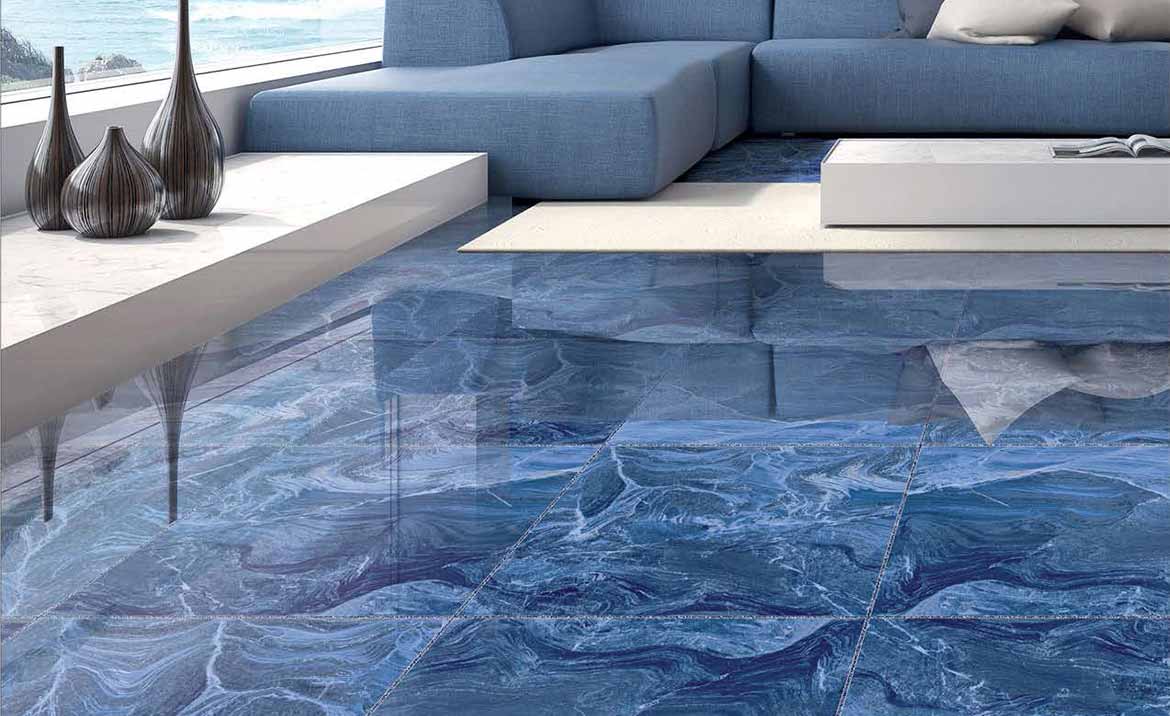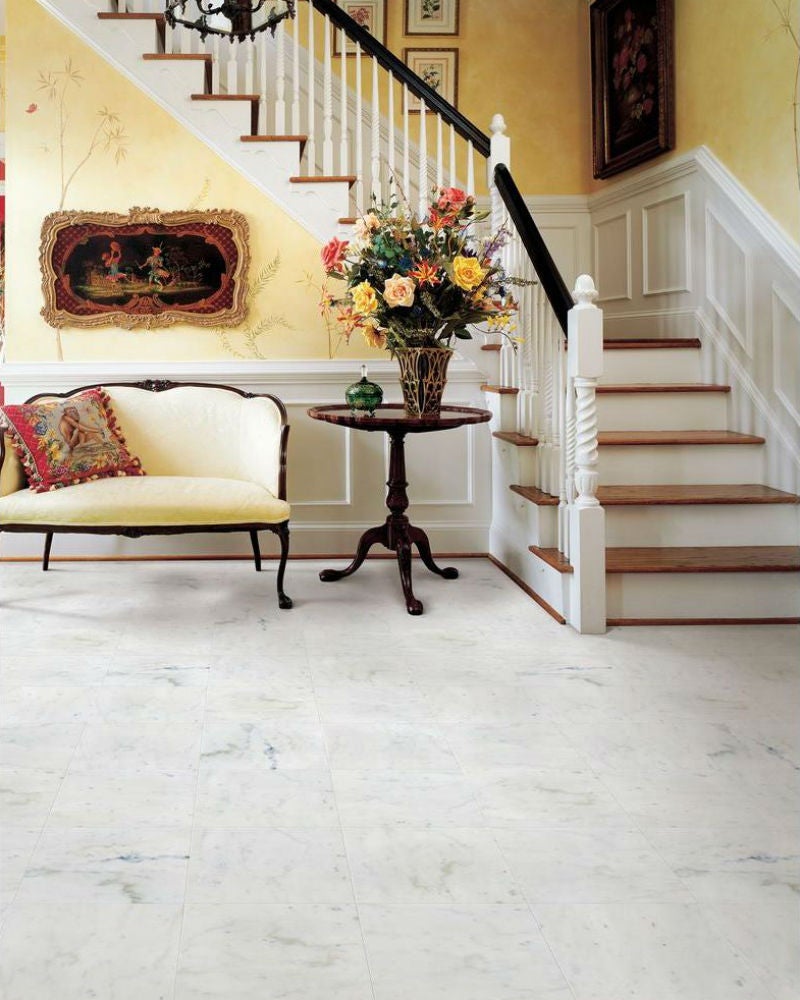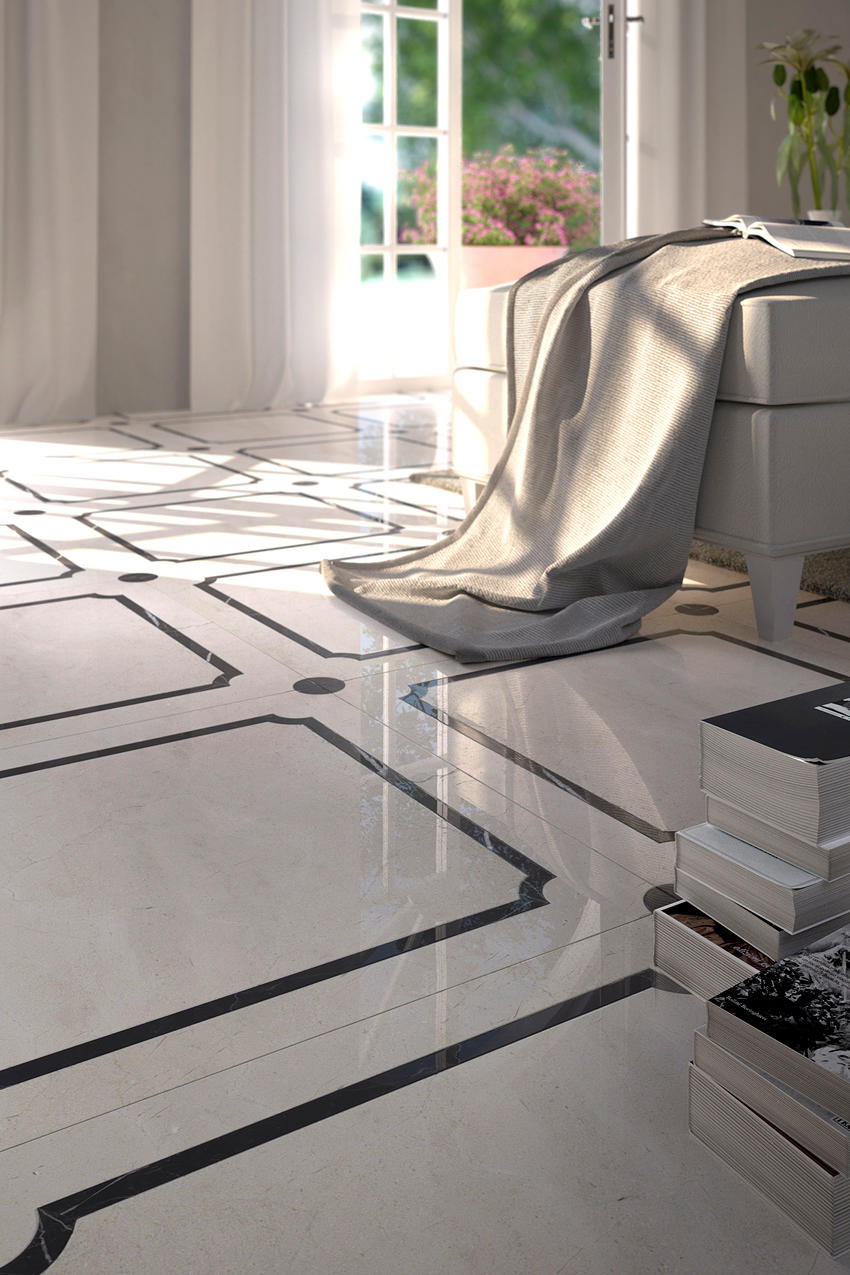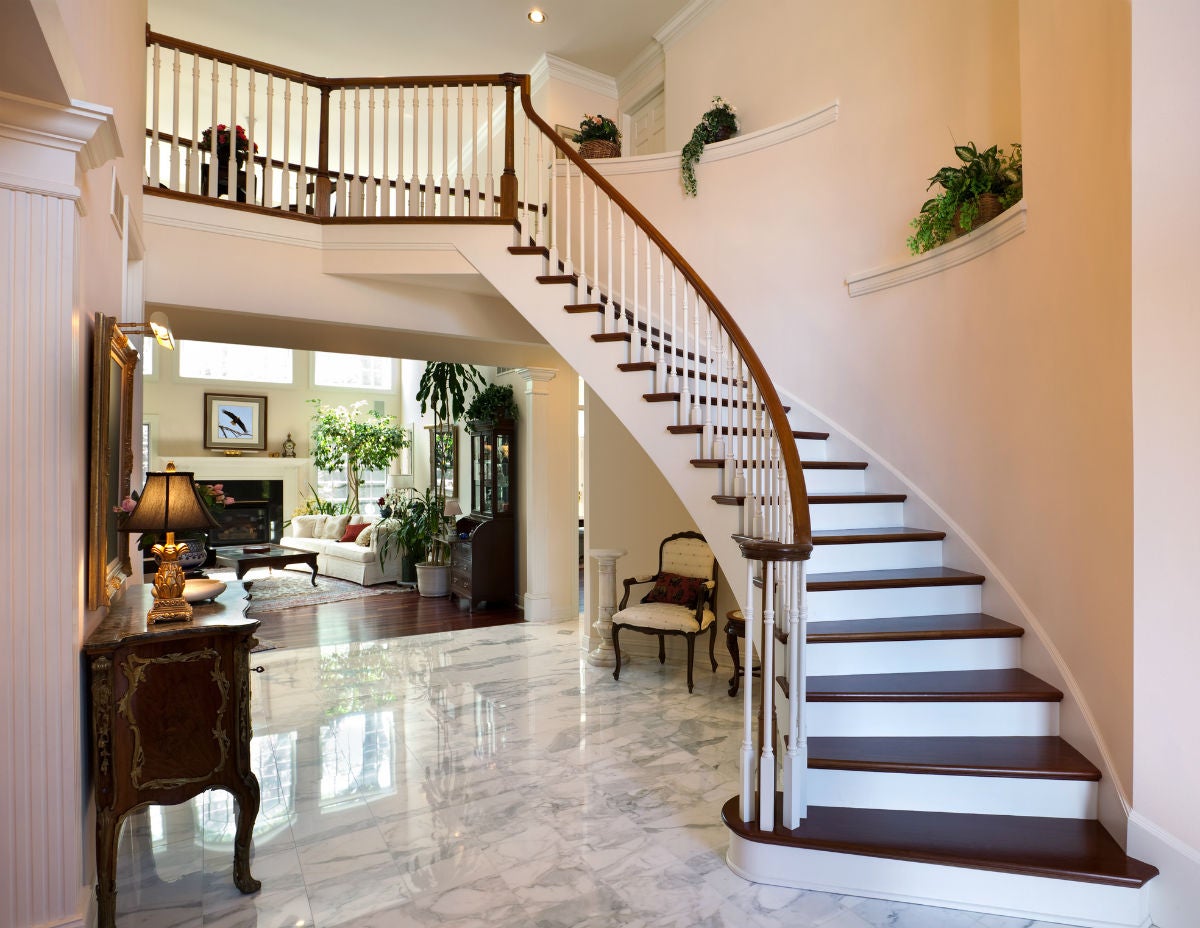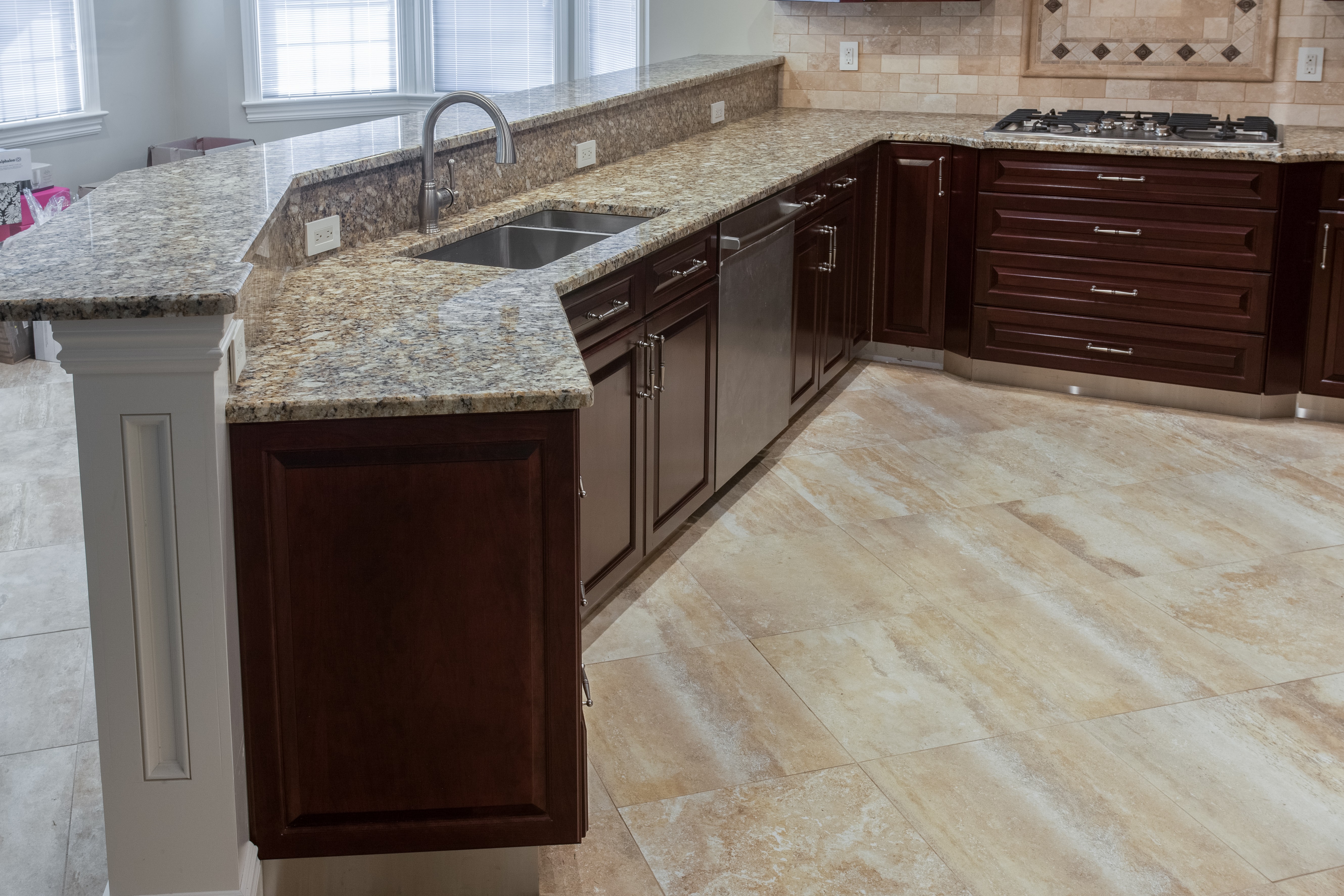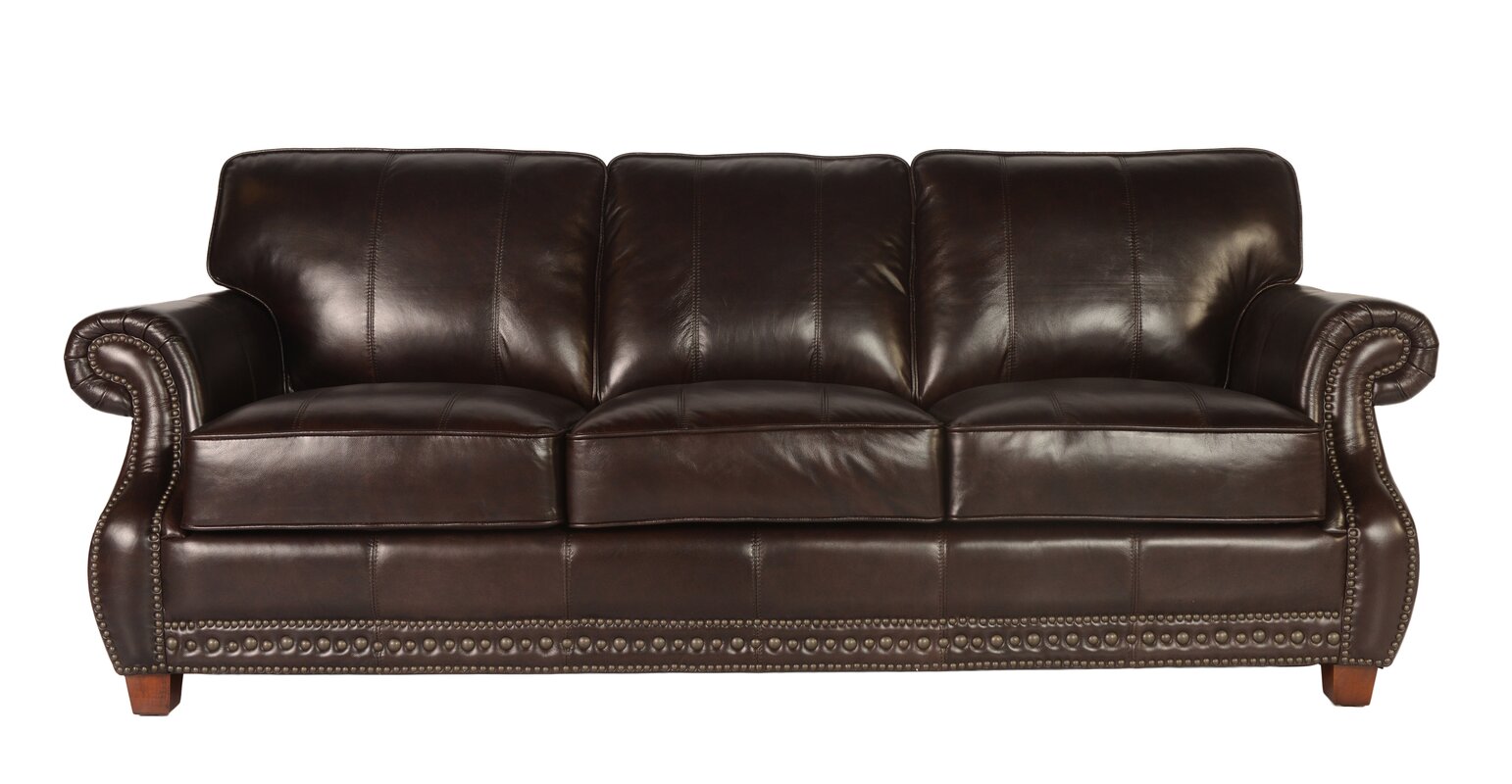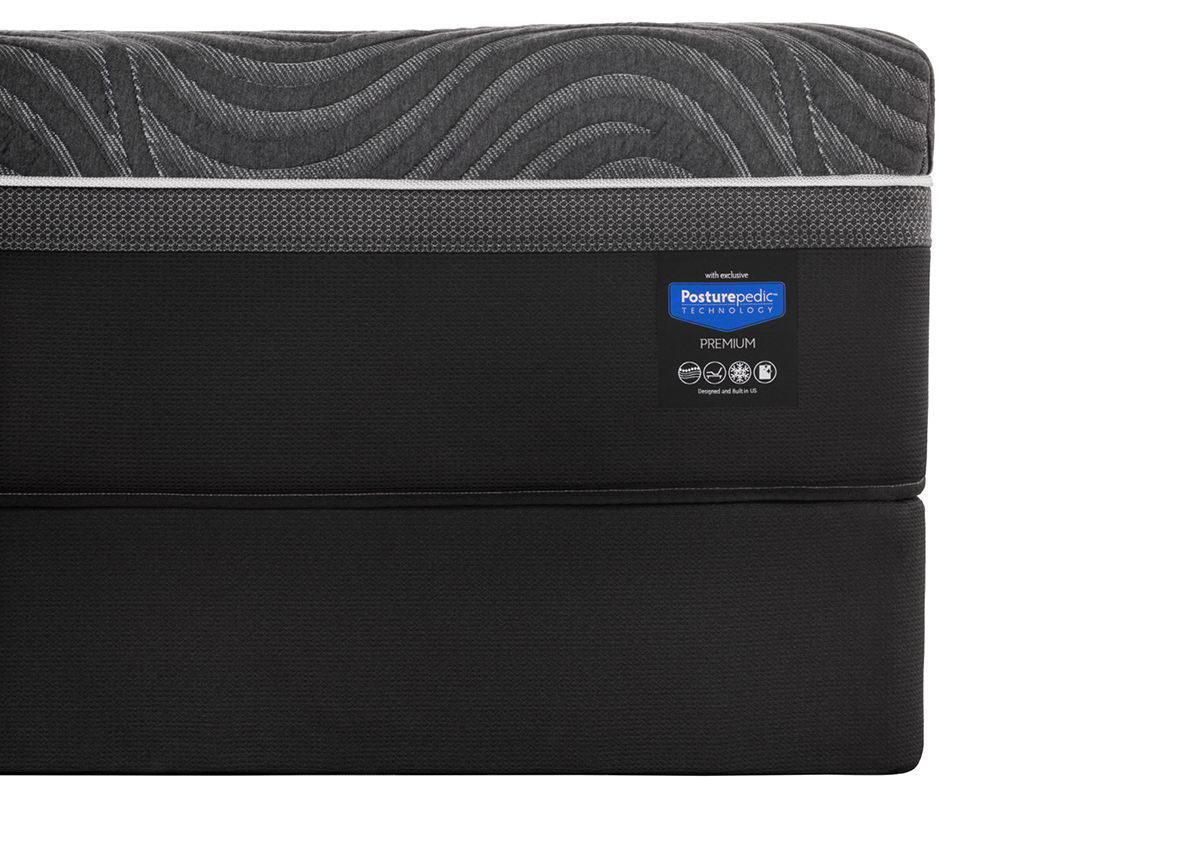When it comes to flooring options for your kitchen and dining room, you can't go wrong with hardwood flooring. This classic and timeless choice not only adds warmth and character to your space, but it also offers durability and versatility. With a variety of wood types, finishes, and stains to choose from, you can easily find a hardwood flooring that complements your kitchen and dining room decor.1. Hardwood Flooring: A Classic and Timeless Choice
If you want the look of hardwood flooring without the high price tag, laminate flooring is a great alternative. This synthetic flooring option is made to mimic the look and feel of real wood, but at a fraction of the cost. It's also easy to install and maintain, making it a popular choice for homeowners on a budget.2. Laminate Flooring: A Budget-Friendly Alternative
For a durable and water-resistant flooring option, consider vinyl flooring. This type of flooring is perfect for high-traffic areas like the kitchen, and it's also resistant to spills and moisture, making it a great choice for the dining room as well. With a wide range of colors and patterns to choose from, you can easily find a vinyl flooring that fits your style and budget.3. Vinyl Flooring: A Durable and Water-Resistant Option
If you want a stylish and low-maintenance flooring option, look no further than ceramic tile flooring. This type of flooring is not only durable and easy to clean, but it also comes in a variety of colors, patterns, and sizes, making it a versatile choice for any kitchen or dining room. Plus, its cool surface is perfect for warmer climates or homes with pets.4. Ceramic Tile Flooring: A Stylish and Low-Maintenance Choice
For a more luxurious and natural look, stone tile flooring is a great option. With materials like marble, granite, and travertine to choose from, you can create a stunning and unique flooring design for your kitchen and dining room. Keep in mind that stone tile flooring may require more maintenance and can be a bit pricier than other flooring options.5. Stone Tile Flooring: A Luxurious and Natural Option
If sustainability and eco-friendliness are important to you, consider bamboo flooring for your kitchen and dining room. This type of flooring is made from a renewable resource and is known for its durability and strength. It also comes in a variety of colors and styles, making it a versatile option for any home.6. Bamboo Flooring: A Sustainable and Eco-Friendly Choice
For a softer and more comfortable flooring option, cork flooring is a great choice. This type of flooring is made from the bark of the cork oak tree and is known for its cushioned feel underfoot. It also offers good sound insulation and is resistant to mold, making it a practical option for kitchens and dining rooms.7. Cork Flooring: A Soft and Comfortable Option
For those who want the look and feel of hardwood flooring but need a more stable and moisture-resistant option, engineered wood flooring is a great alternative. This type of flooring is made from layers of real wood veneer and is more resistant to changes in temperature and humidity. It's also easier to install and maintain than solid hardwood flooring.8. Engineered Wood Flooring: A Strong and Stable Alternative
For a highly durable and versatile flooring option, consider porcelain tile flooring. This type of flooring is made from a dense and durable material that can withstand heavy foot traffic, making it a great choice for busy kitchens and dining rooms. It also comes in a variety of colors, patterns, and finishes, allowing you to create a unique and stylish look for your space.9. Porcelain Tile Flooring: A Durable and Versatile Choice
For an elegant and luxurious flooring option, marble flooring is hard to beat. This natural stone is known for its beautiful and unique veining, and it can add a touch of luxury to any kitchen or dining room. Keep in mind that marble flooring can be more high-maintenance and prone to staining, so it may not be the best choice for a high-traffic area.10. Marble Flooring: A Luxurious and Elegant Statement
Flooring From Kitchen To Dining Room: The Perfect Transition

When it comes to designing a beautiful and functional home, the flooring plays a crucial role. Not only does it provide a foundation for the entire space, but it also sets the tone for the overall aesthetic. This is especially true for the transition between the kitchen and dining room, two of the most frequently used areas in a home. Choosing the right flooring to seamlessly connect these two spaces is essential for creating a cohesive and inviting atmosphere. In this article, we will explore the various options for flooring from kitchen to dining room, and how to make the perfect transition between the two.
The Importance of Cohesion
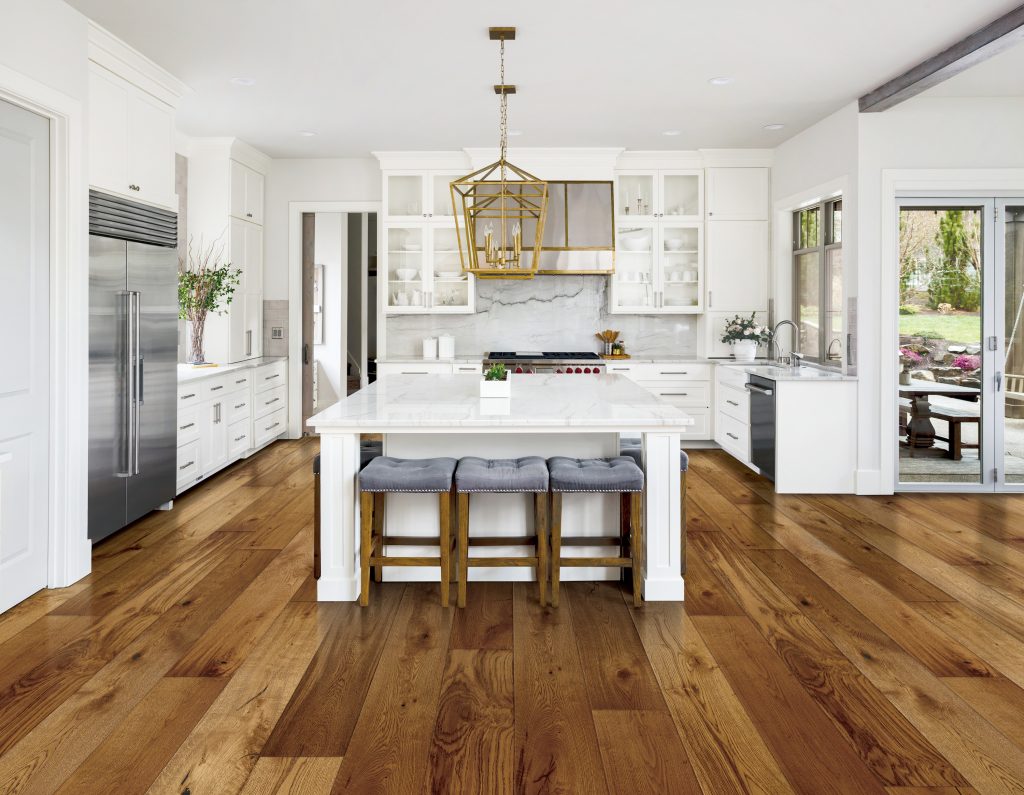
When it comes to interior design, cohesion is key. This means that all elements within a space should work together harmoniously to create a unified look. This is especially important when it comes to connecting two areas, such as the kitchen and dining room. The flooring in these two spaces should not only complement each other, but also flow seamlessly from one room to the other. This creates a sense of continuity and makes the space feel larger and more cohesive.
Consider Your Lifestyle
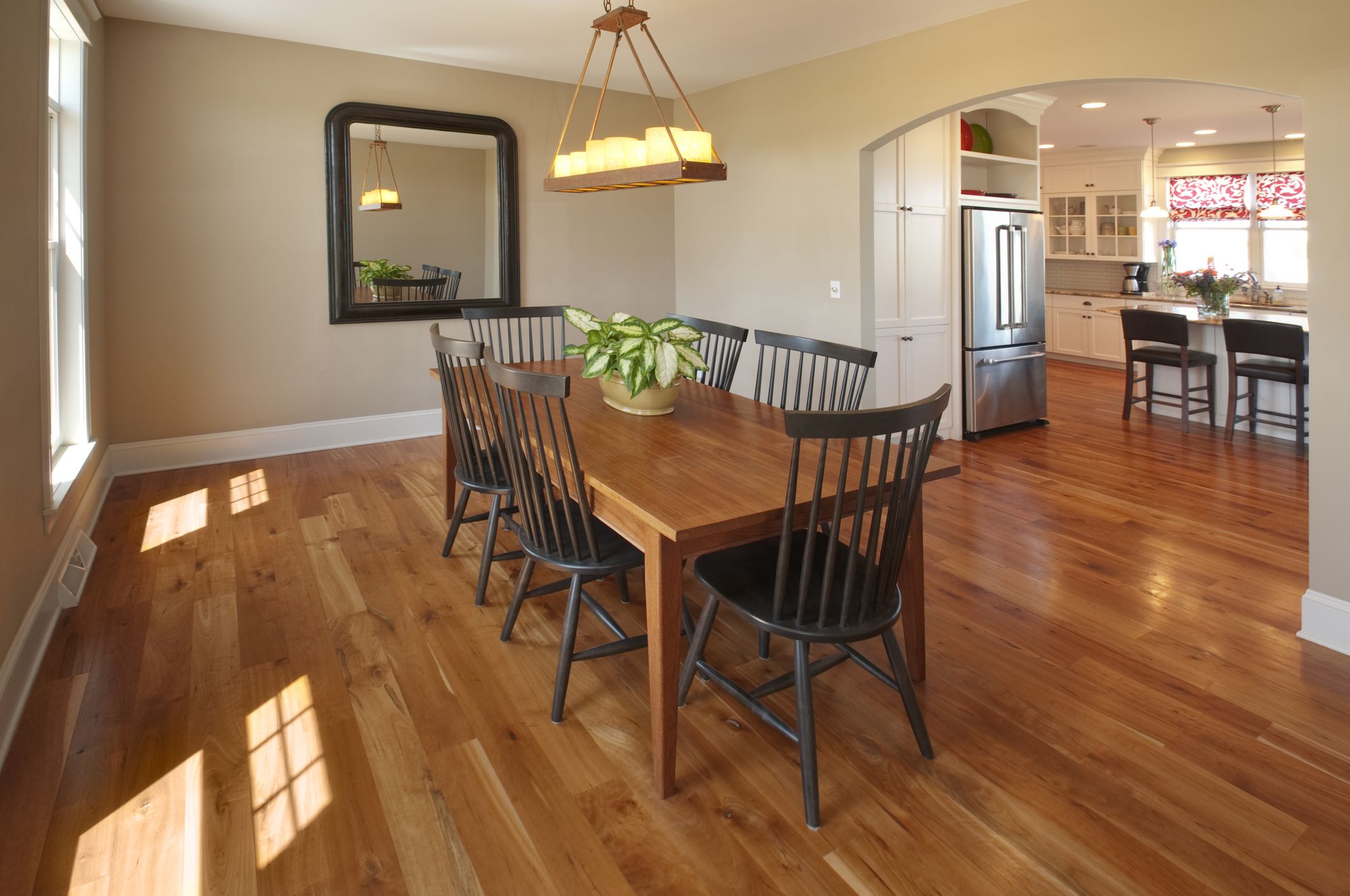
When choosing flooring for your kitchen and dining room, it is important to consider your lifestyle and how you will be using these spaces. If you have a busy household with children and pets, you may want to opt for a durable and easy-to-clean flooring option. On the other hand, if you enjoy entertaining and hosting dinner parties, you may want to choose a flooring that adds warmth and sophistication to the space. By considering your lifestyle, you can narrow down your options and choose a flooring that not only looks great, but also suits your needs.
Seamless Transitions
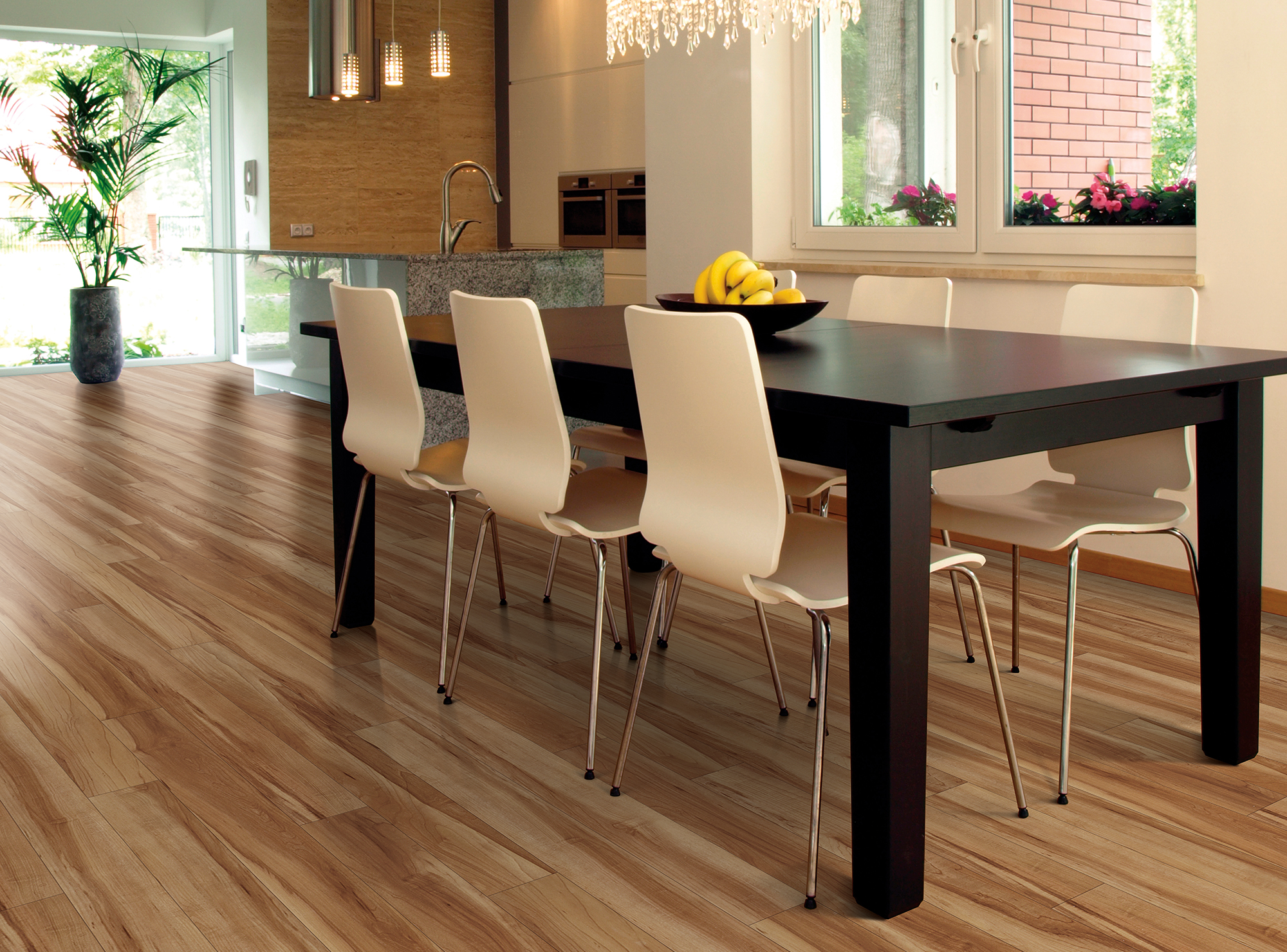
One of the key elements in creating a seamless transition between the kitchen and dining room is choosing flooring that is similar in color and style. This doesn't mean that the flooring needs to be an exact match, but rather that it should complement each other and create a cohesive look. For example, if you have hardwood flooring in the kitchen, consider extending it into the dining room, but perhaps in a different finish or pattern. This will create a natural flow between the two spaces and make the transition smooth and effortless.
Mix and Match

If you're feeling a bit more adventurous, you can also mix and match flooring in the kitchen and dining room. This can add visual interest and create a unique look in your home. For example, you can choose a patterned tile for the kitchen and a complementary wood or laminate flooring for the dining room. Just be sure to keep the colors and styles cohesive to avoid a jarring effect.
In conclusion, choosing the right flooring from kitchen to dining room is essential for creating a cohesive and inviting space. Consider your lifestyle, choose flooring that complements each other, and don't be afraid to mix and match for a unique look. With the right flooring, you can seamlessly connect your kitchen and dining room, creating a beautiful and functional space that you and your family will love.

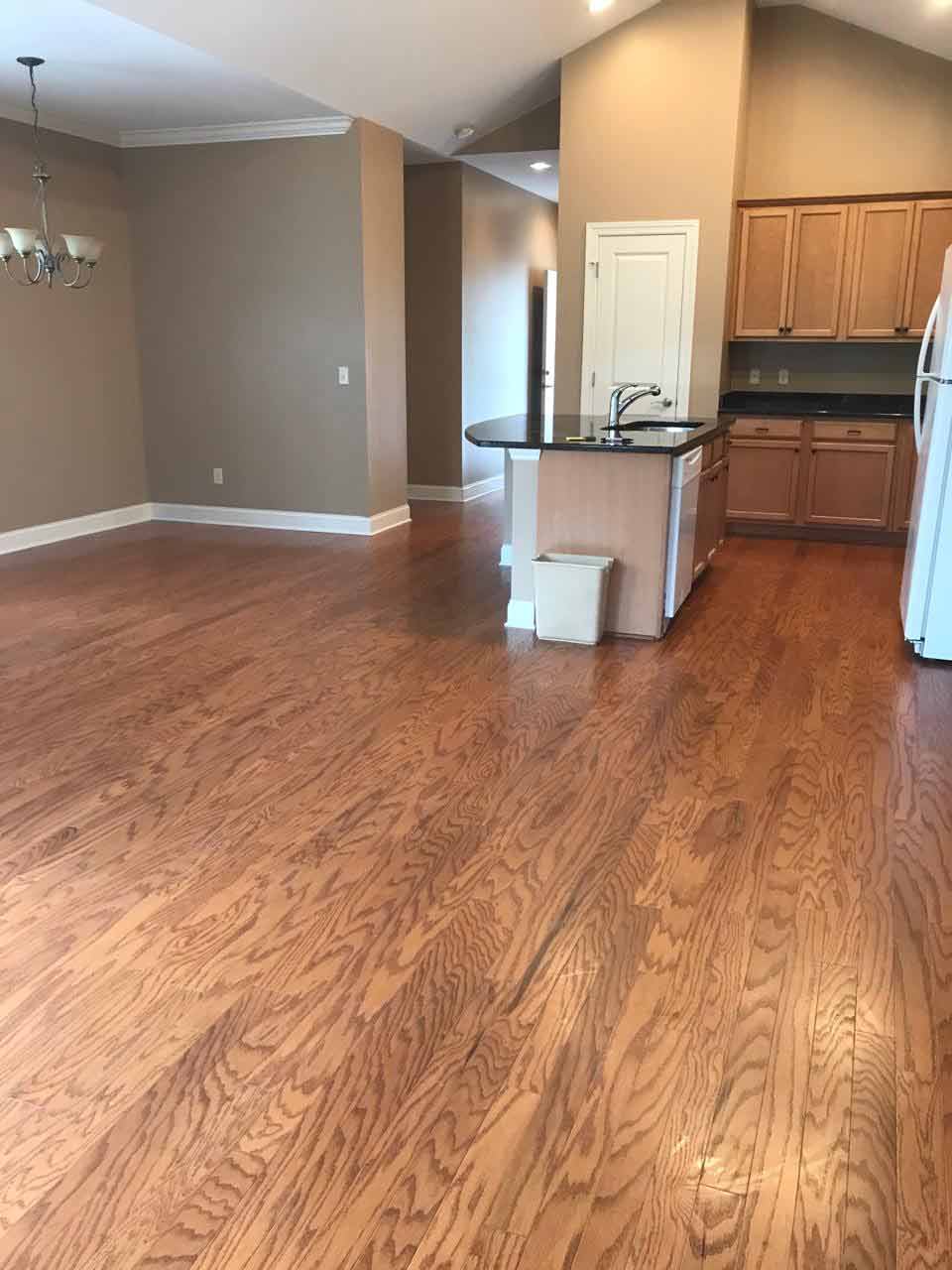

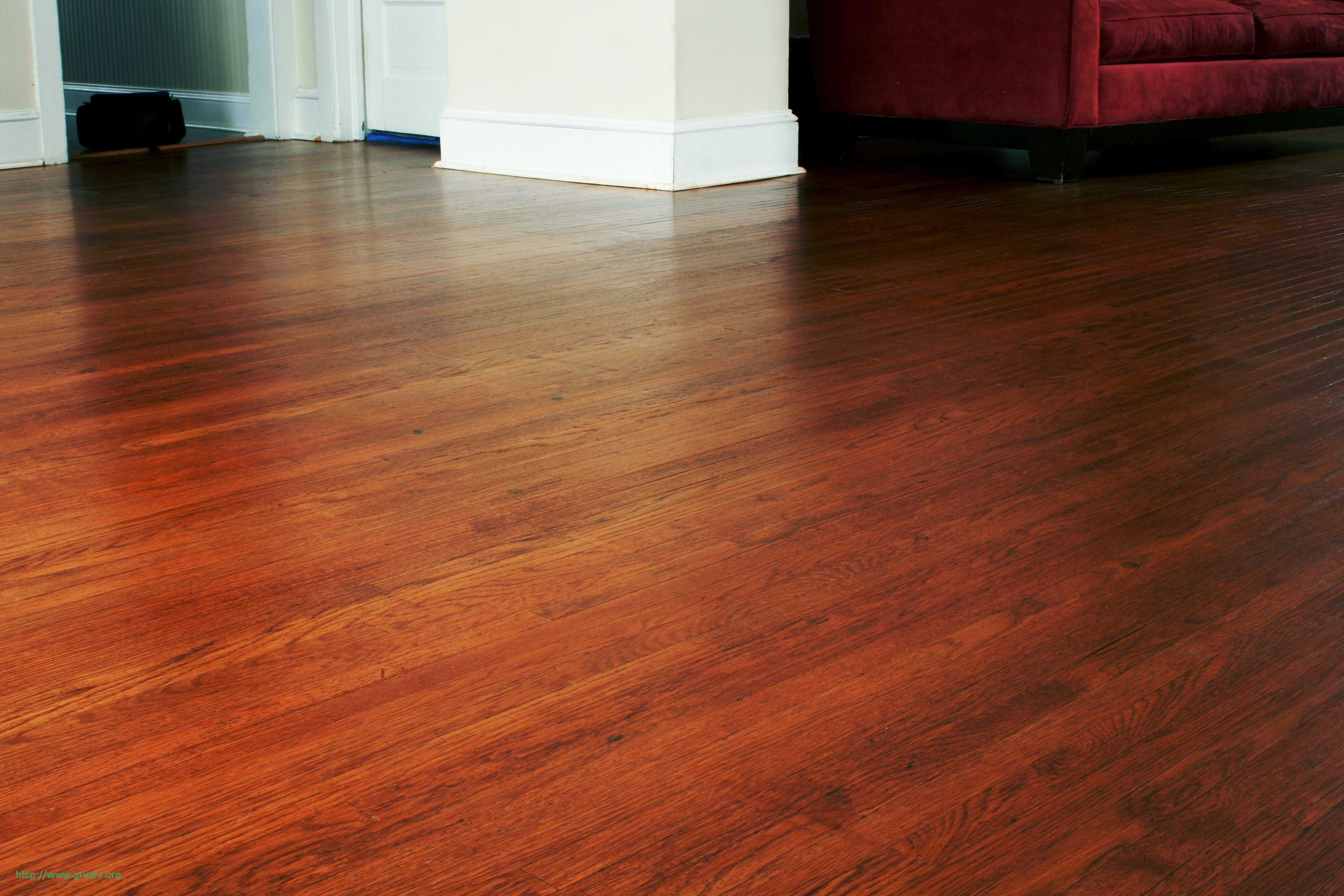

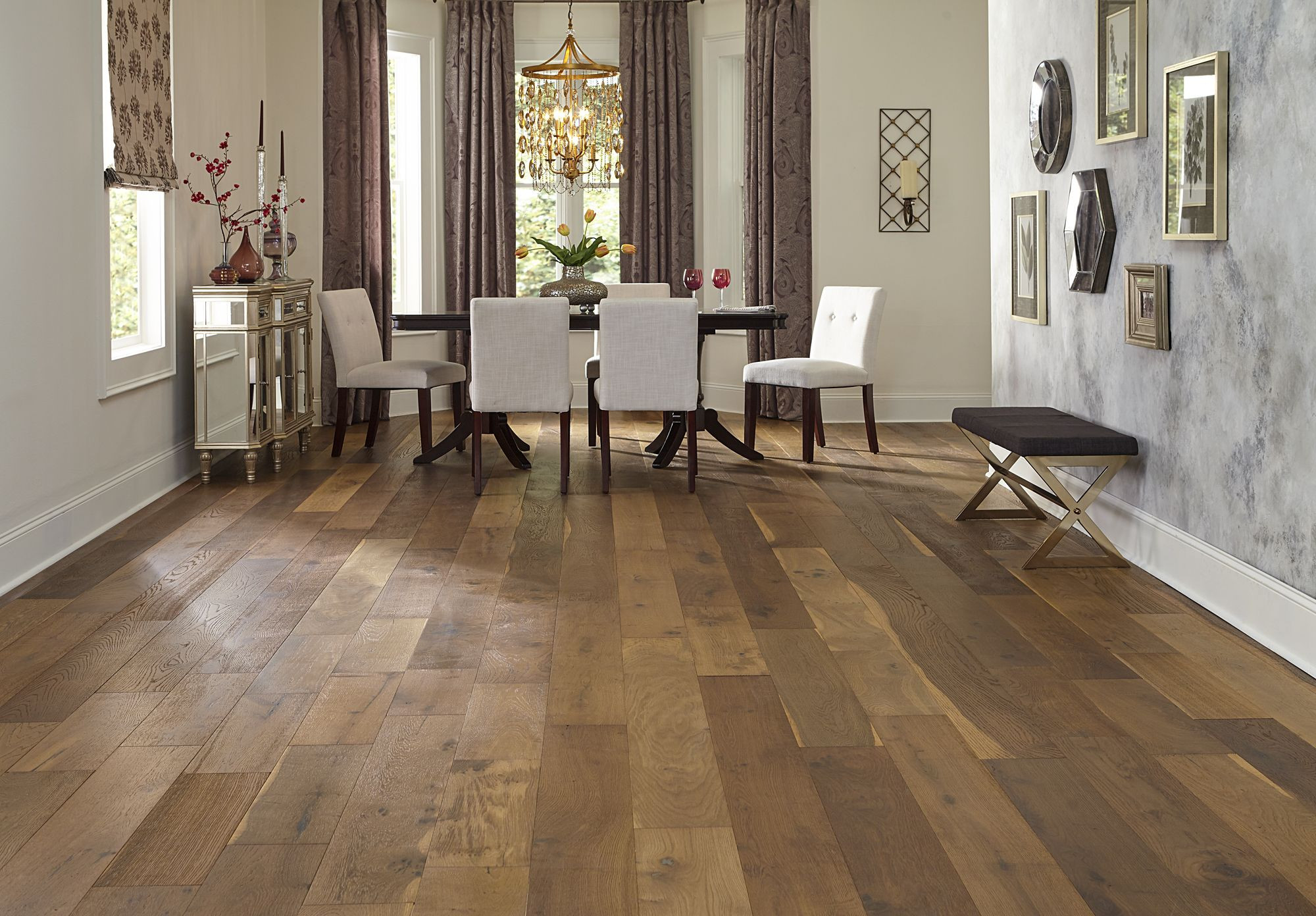
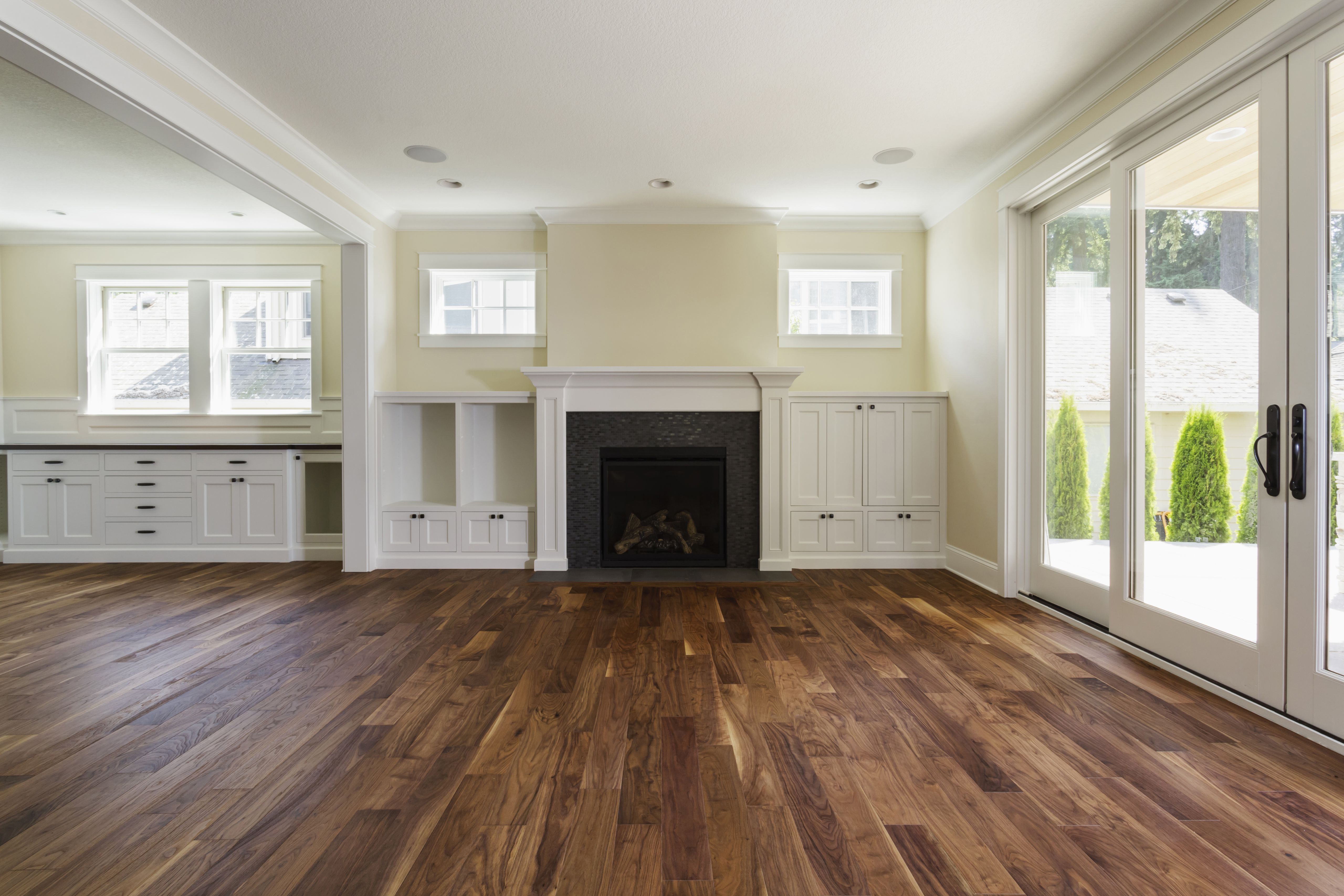
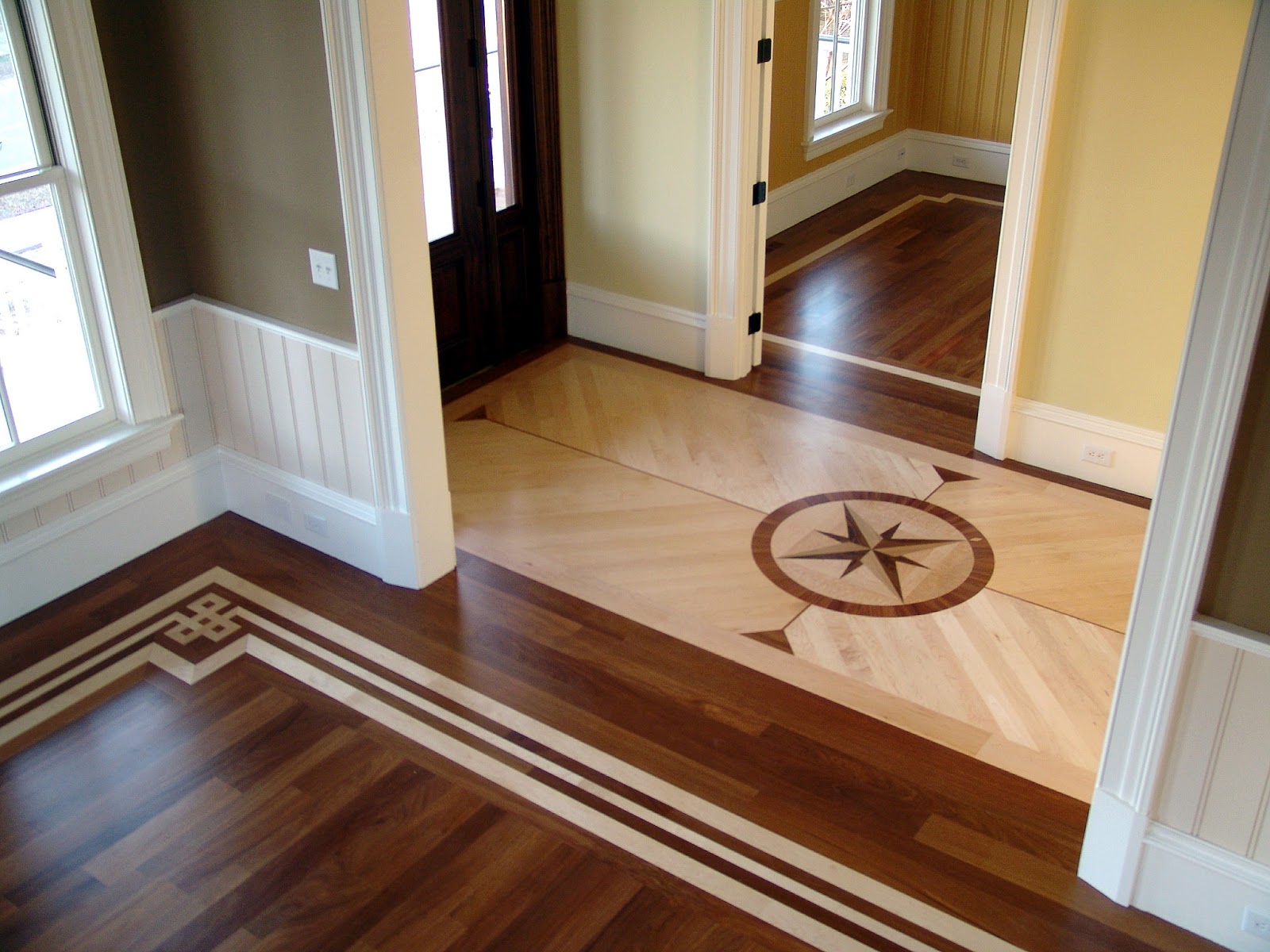
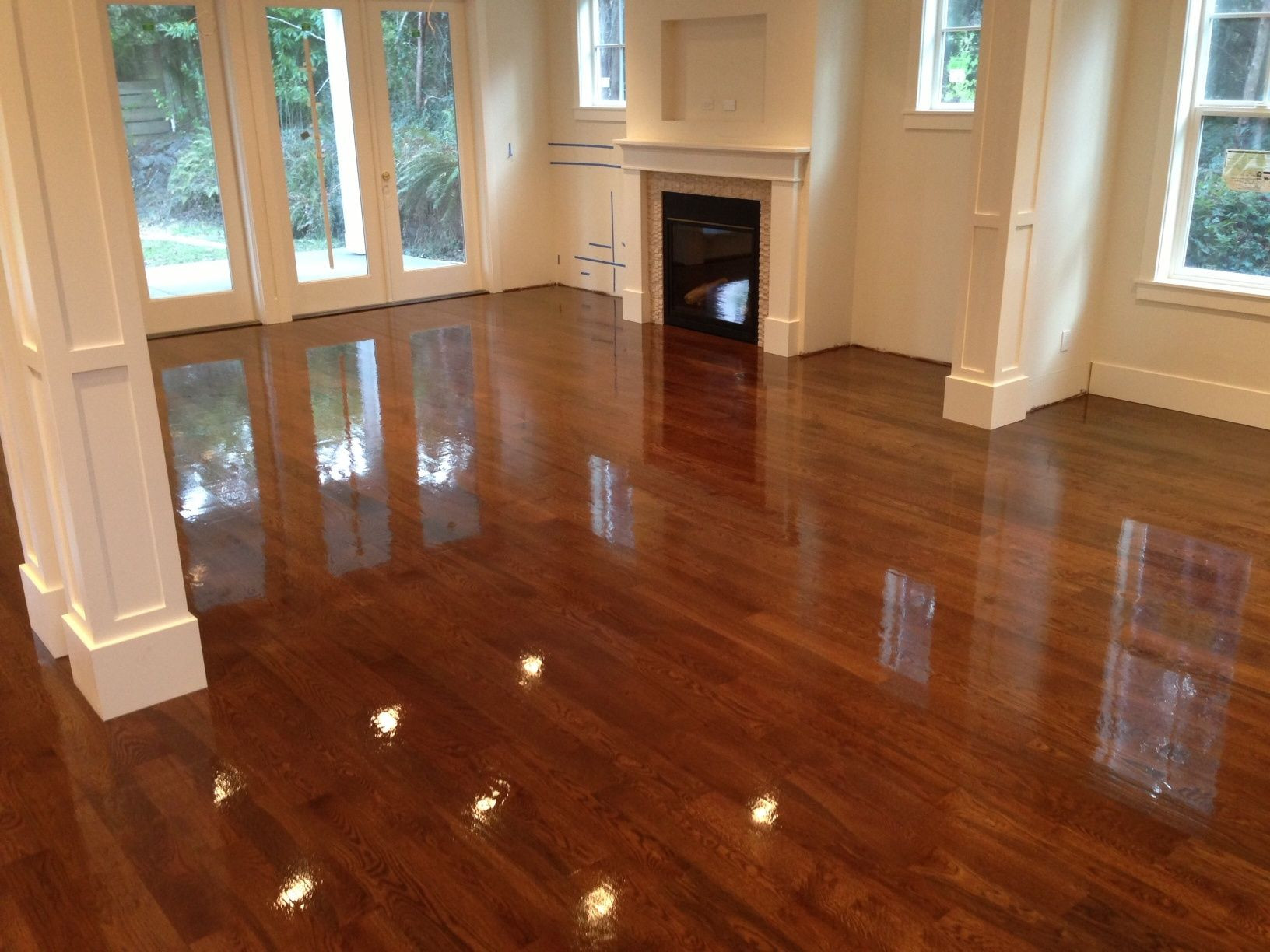
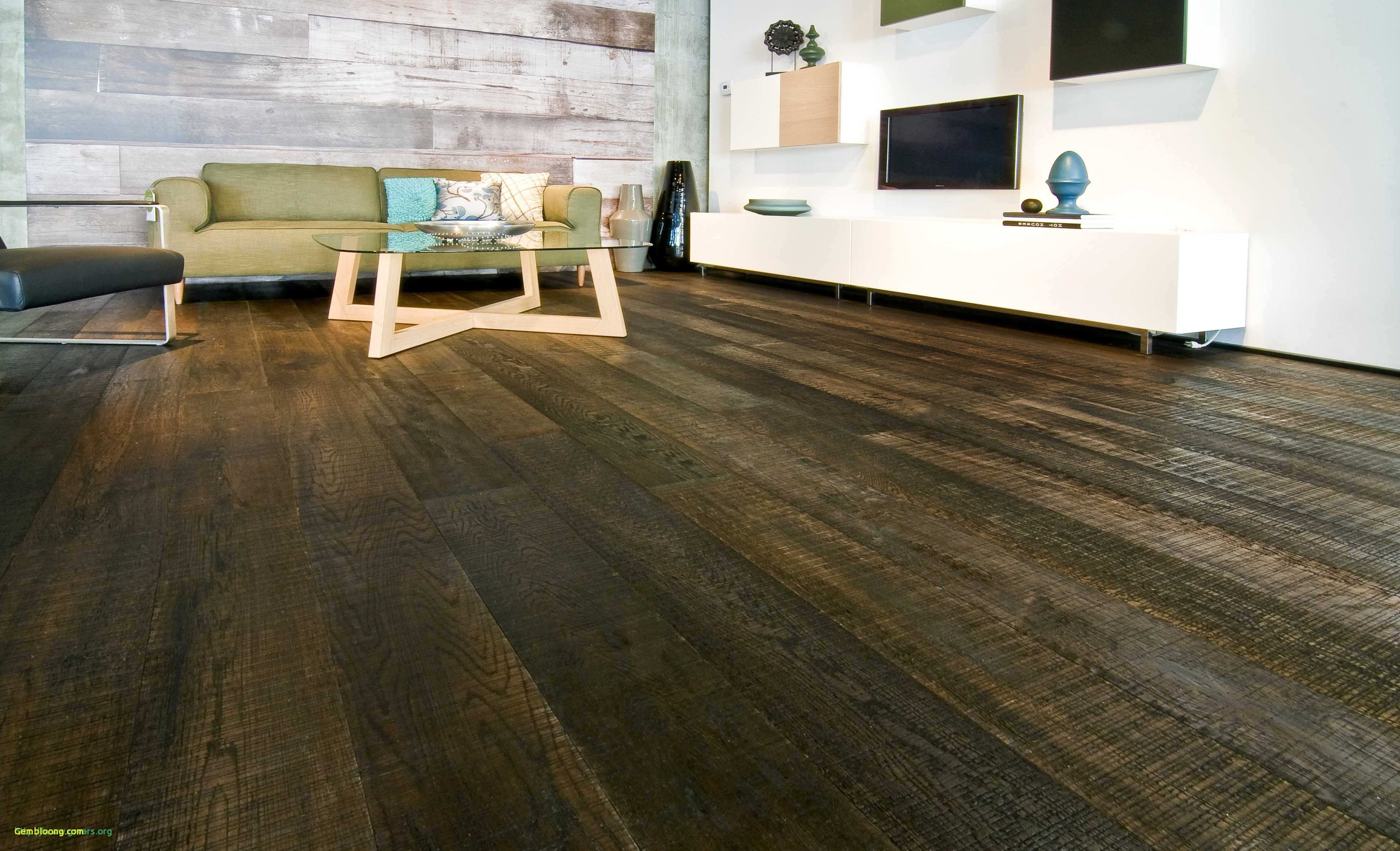
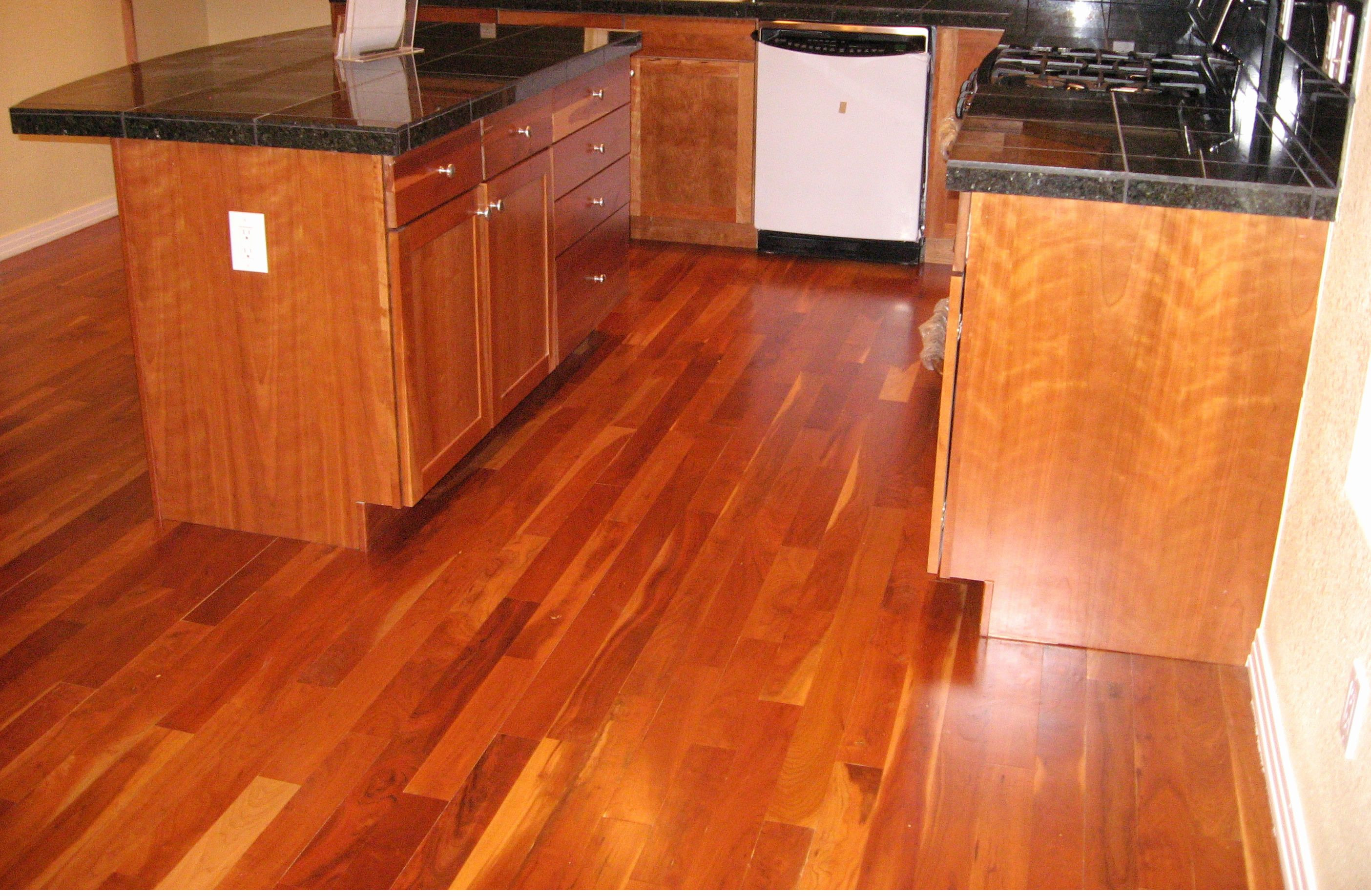
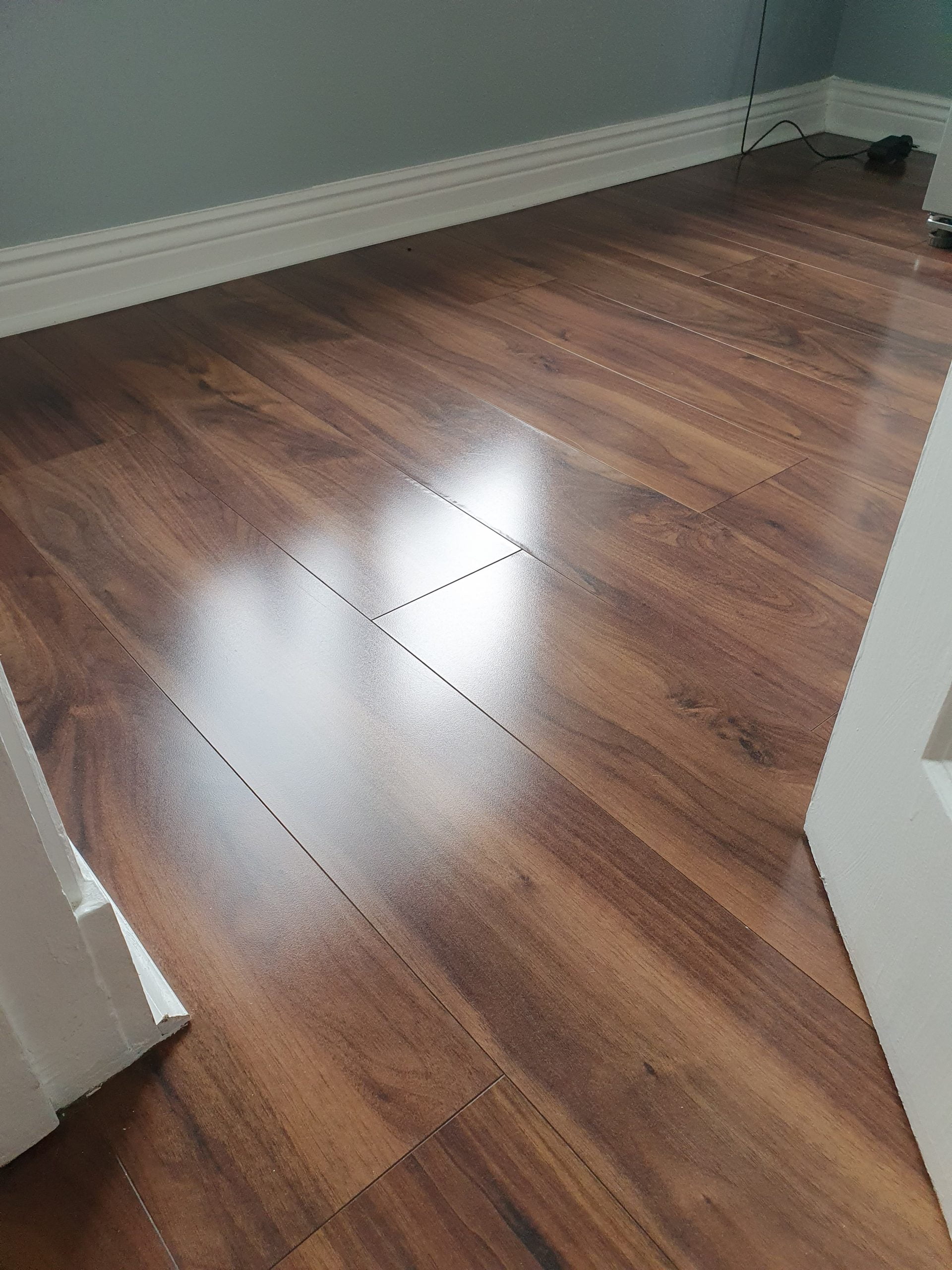





/laminate-58f78b525f9b581d5938d772.jpg)

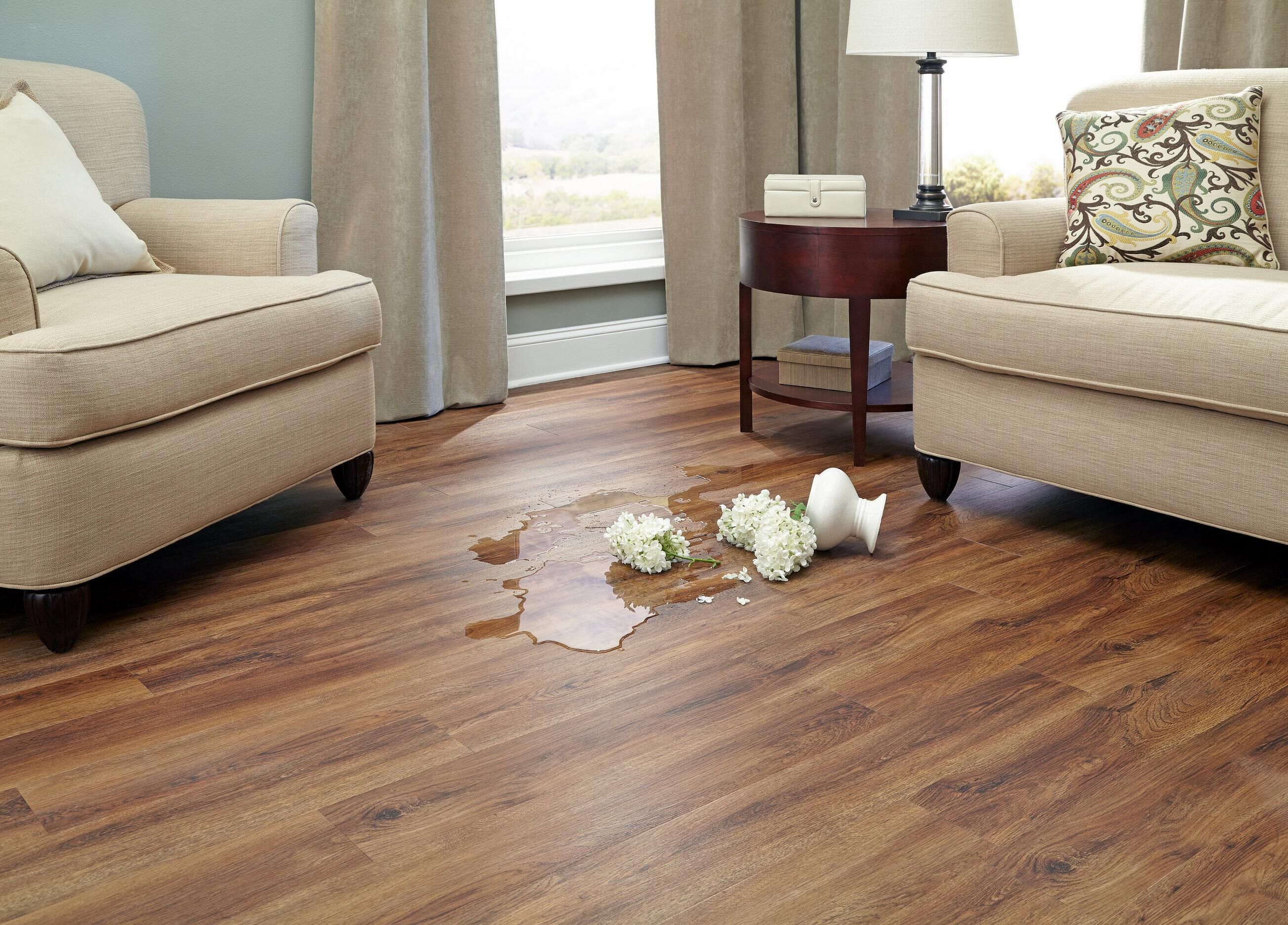





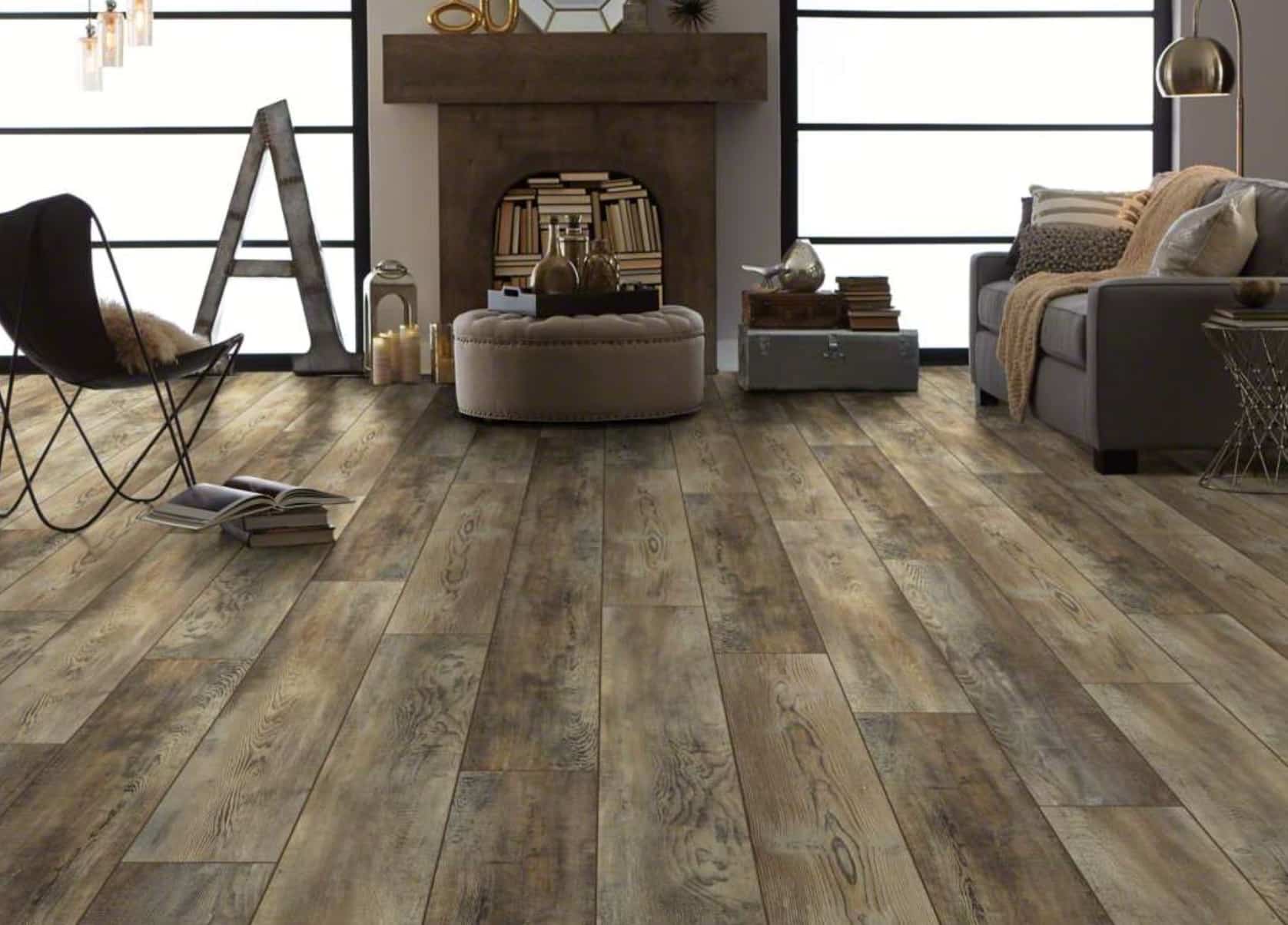
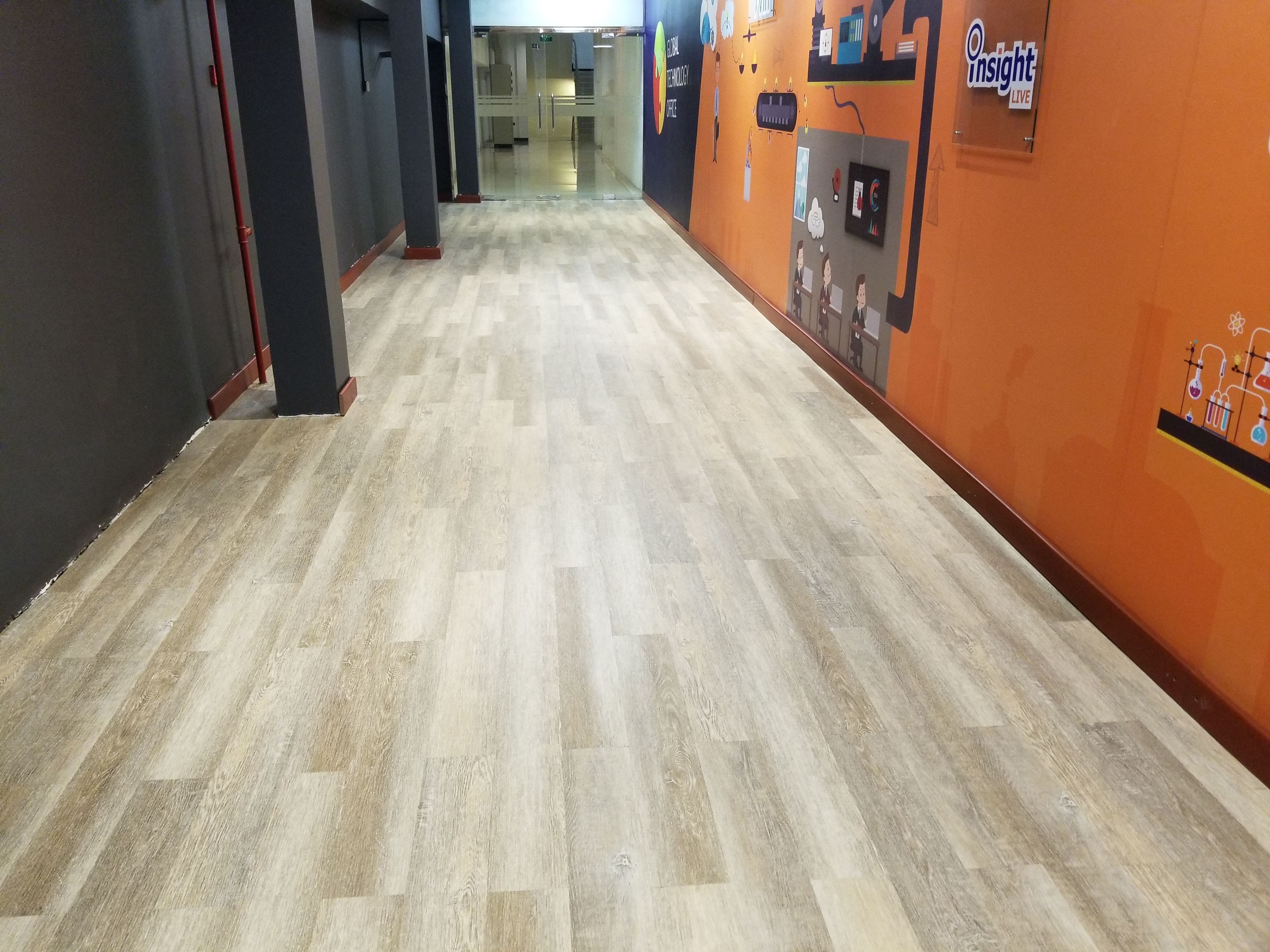
:max_bytes(150000):strip_icc()/LumberliquidatorsCoreluxeDeweyMeadowOakEvp-966e281976dc455e8e8dae0bf99ce66a.jpg)
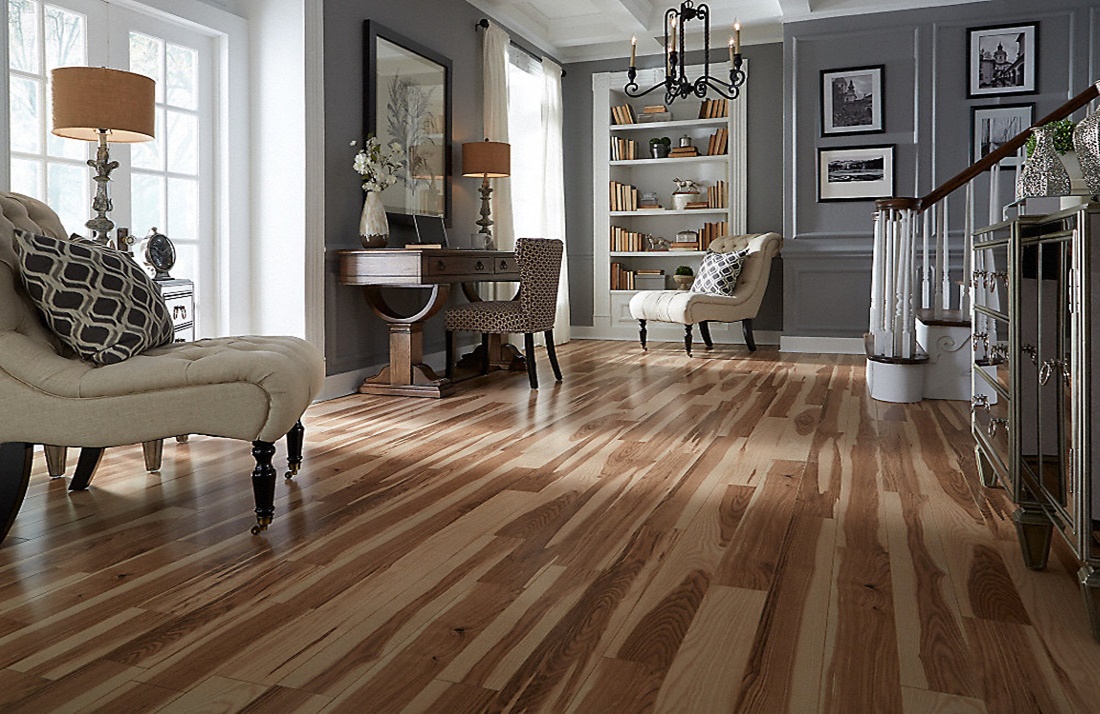


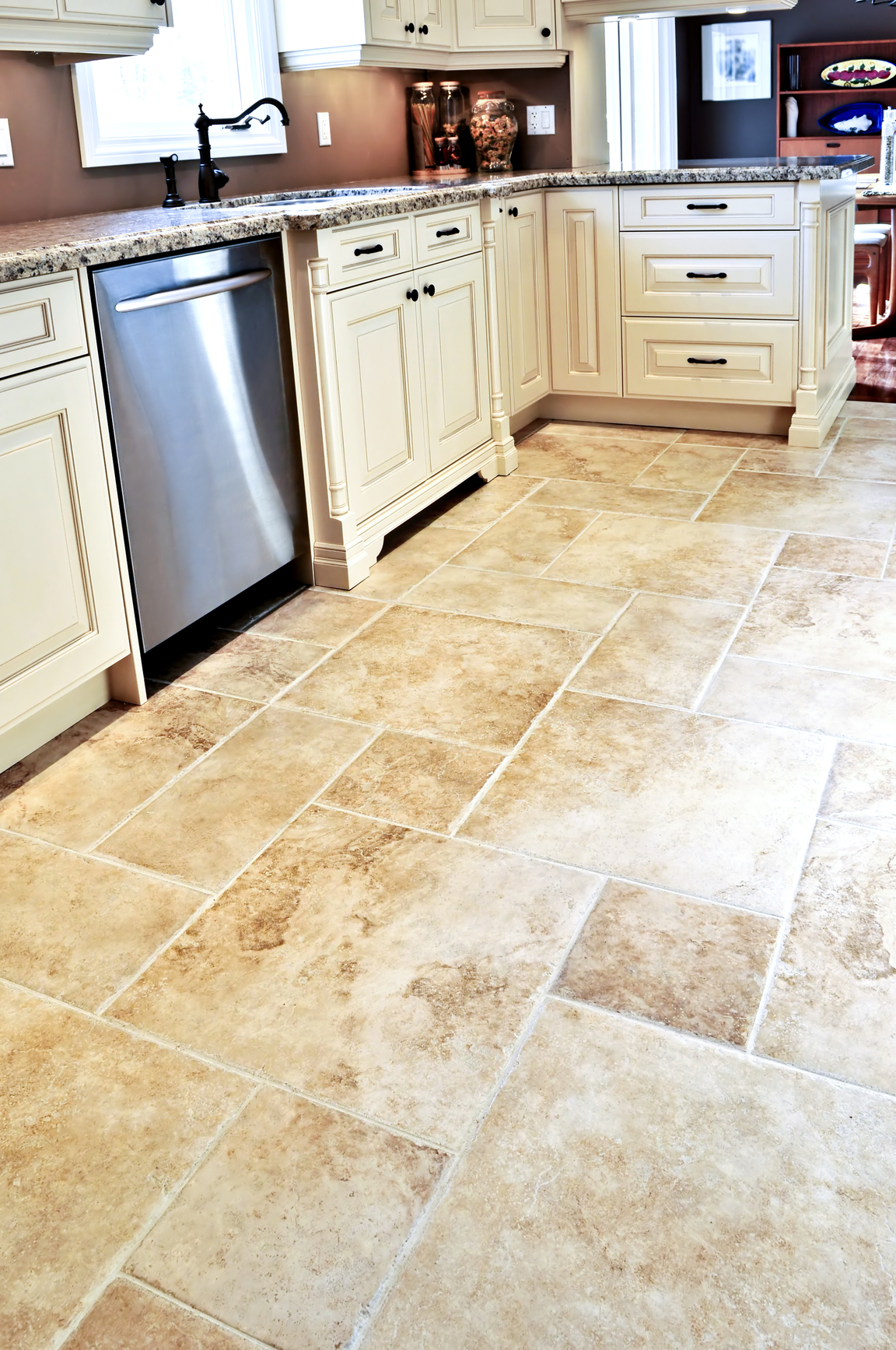

:max_bytes(150000):strip_icc()/8mohawk_industries_15300_1486-56a2fcb05f9b58b7d0cfff23.jpg)

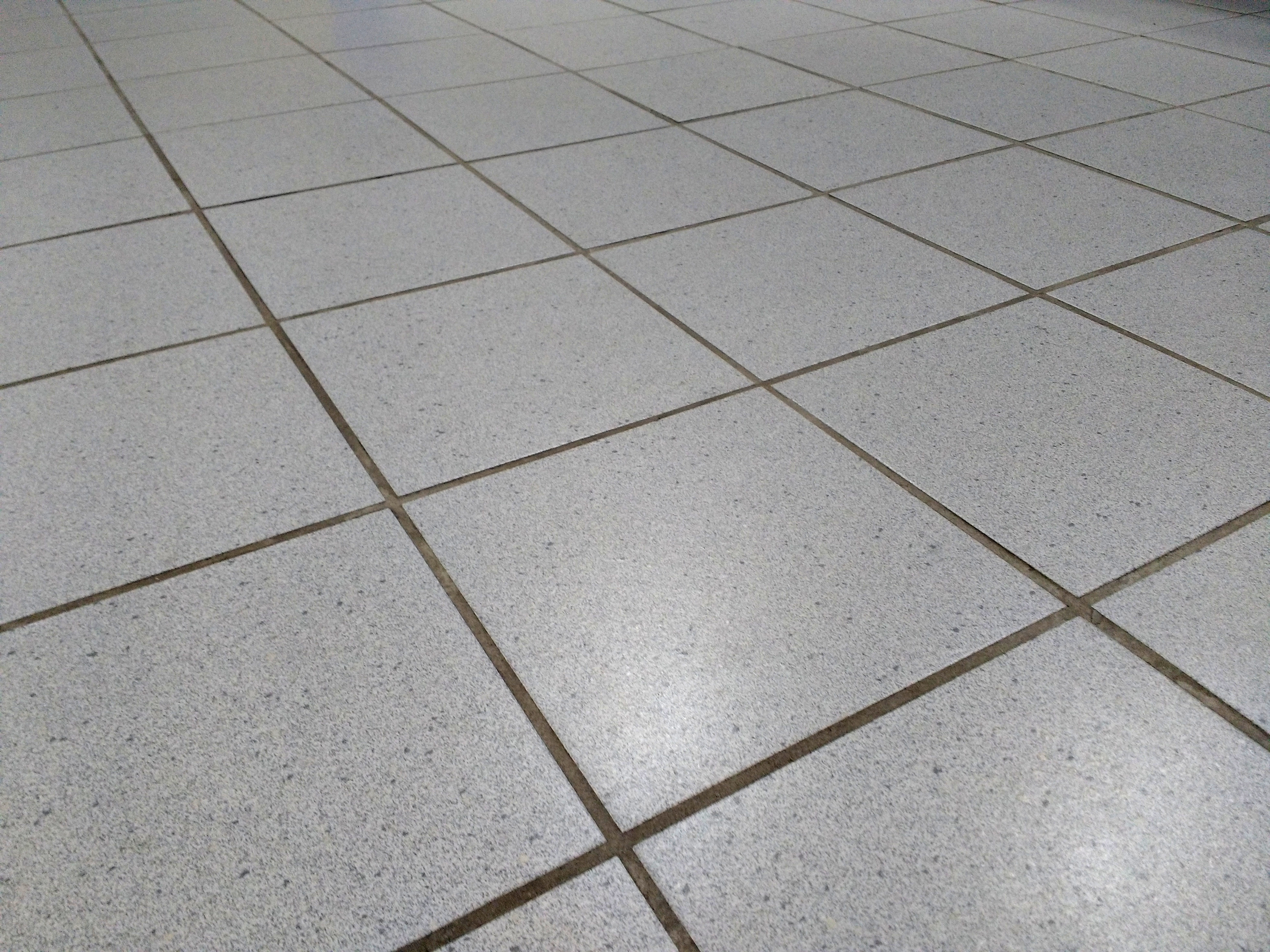
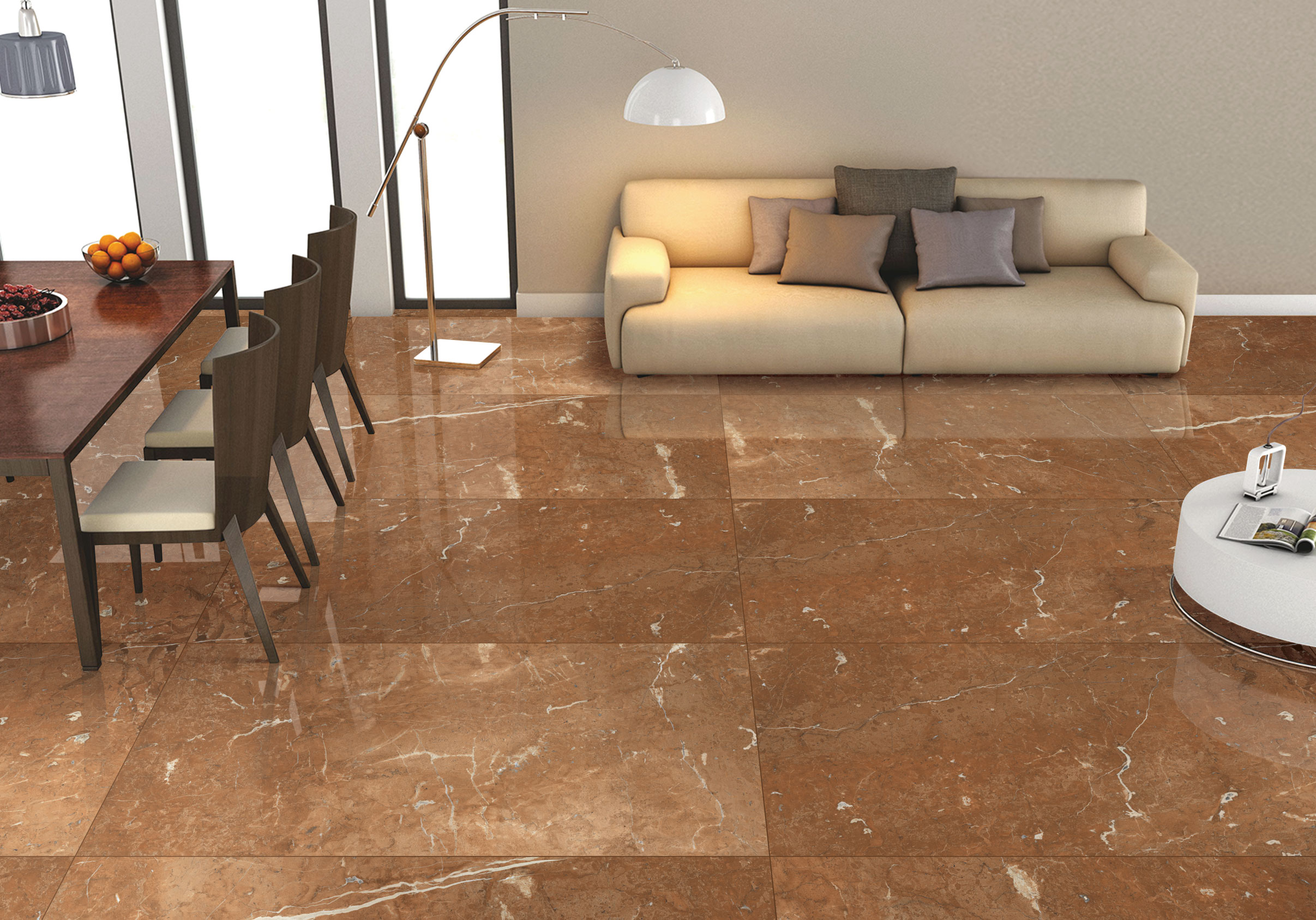
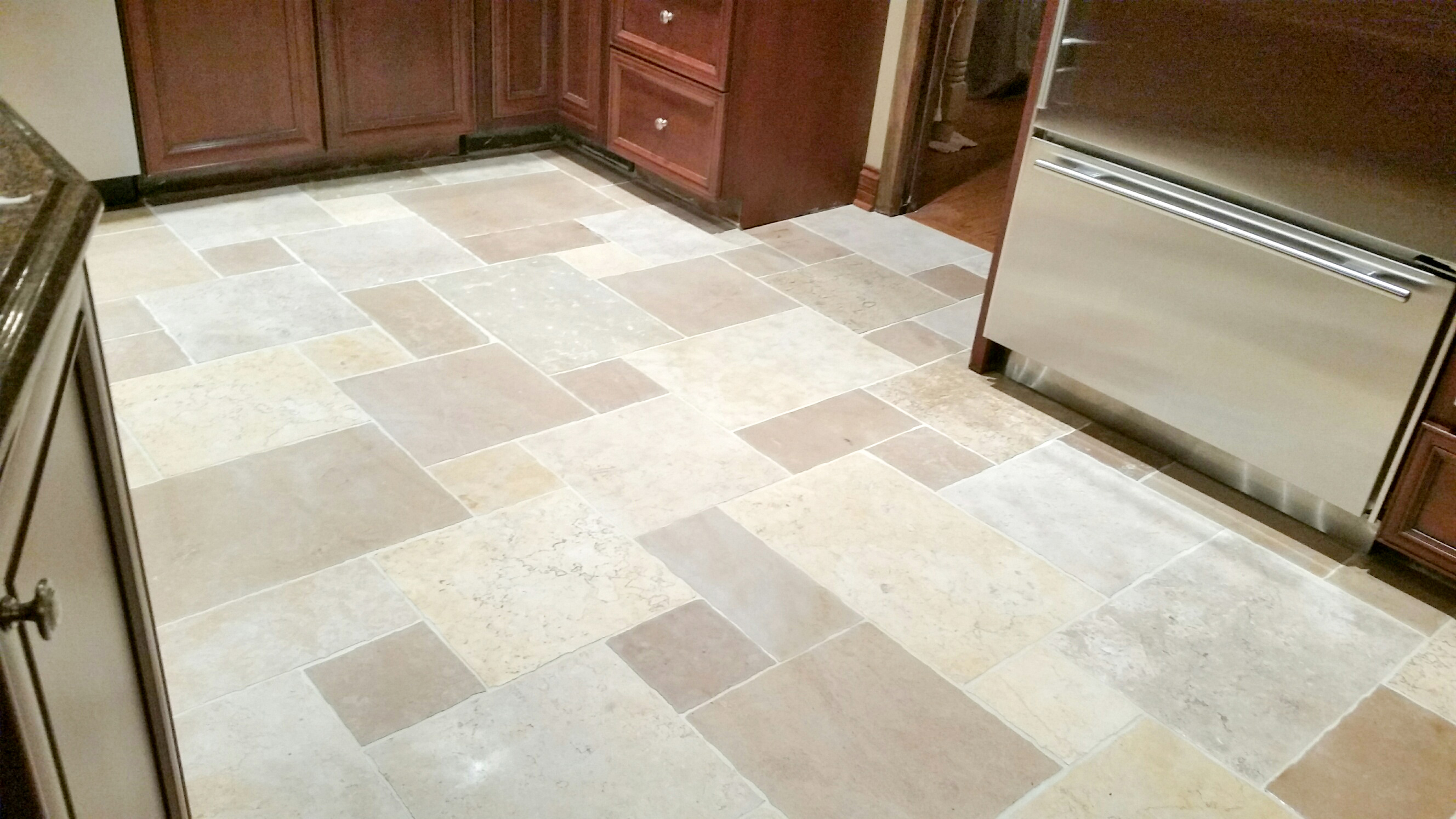
/Installing-Ceramic-Floor-Tile-86464768-583ffd0d5f9b5851e5eac8c0.jpg)



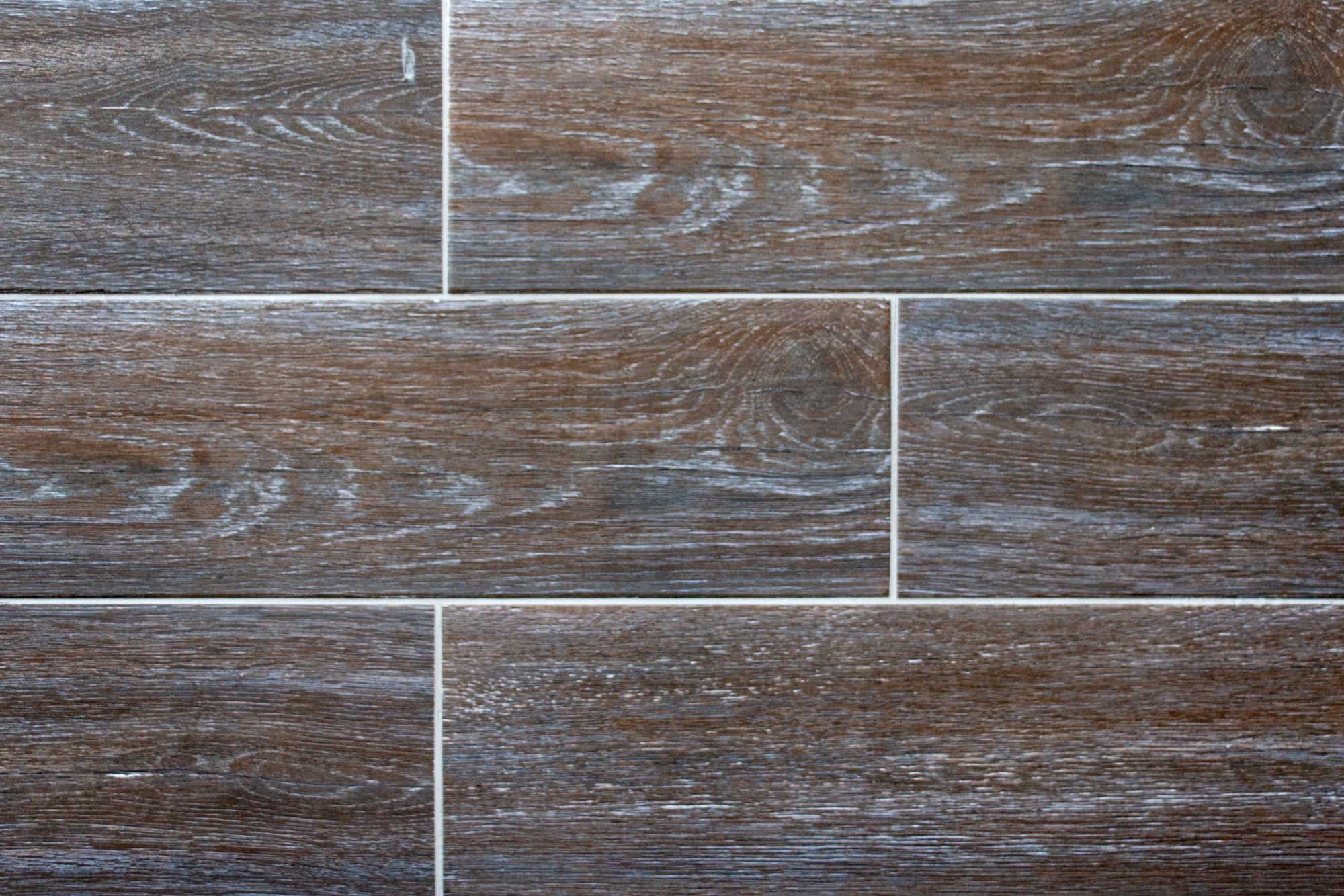




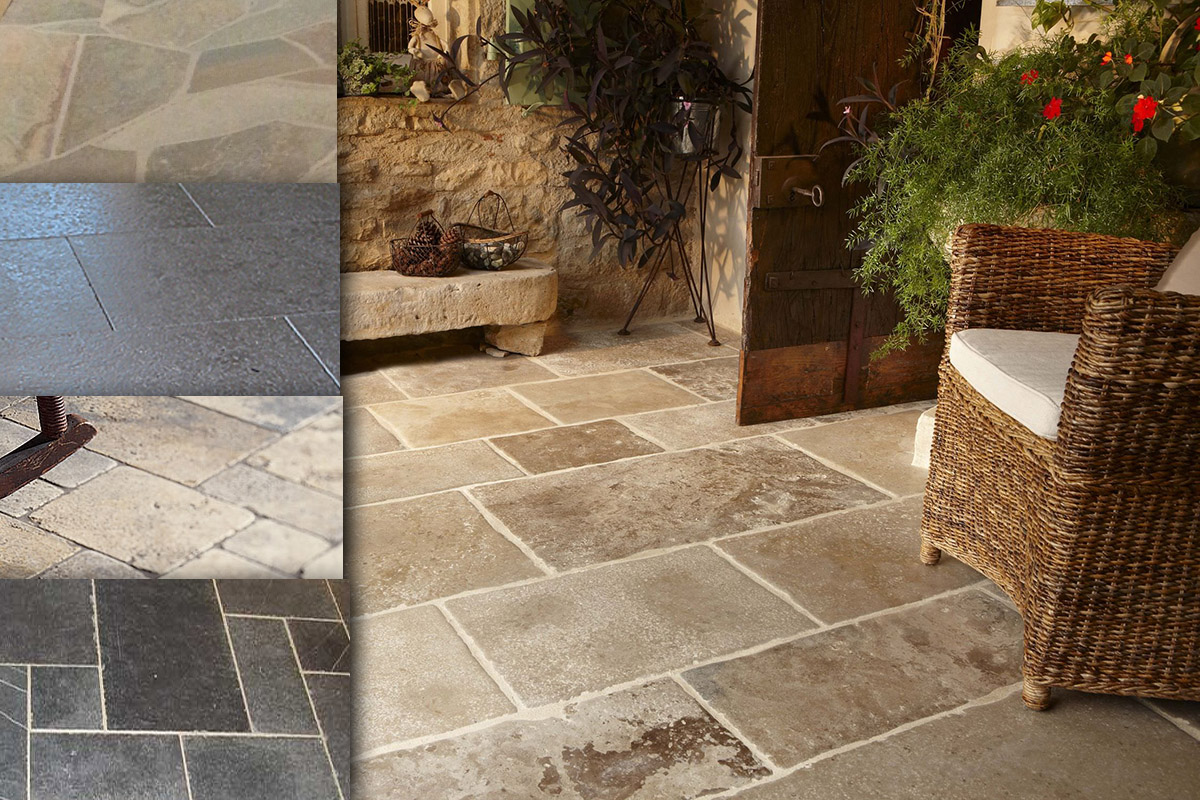

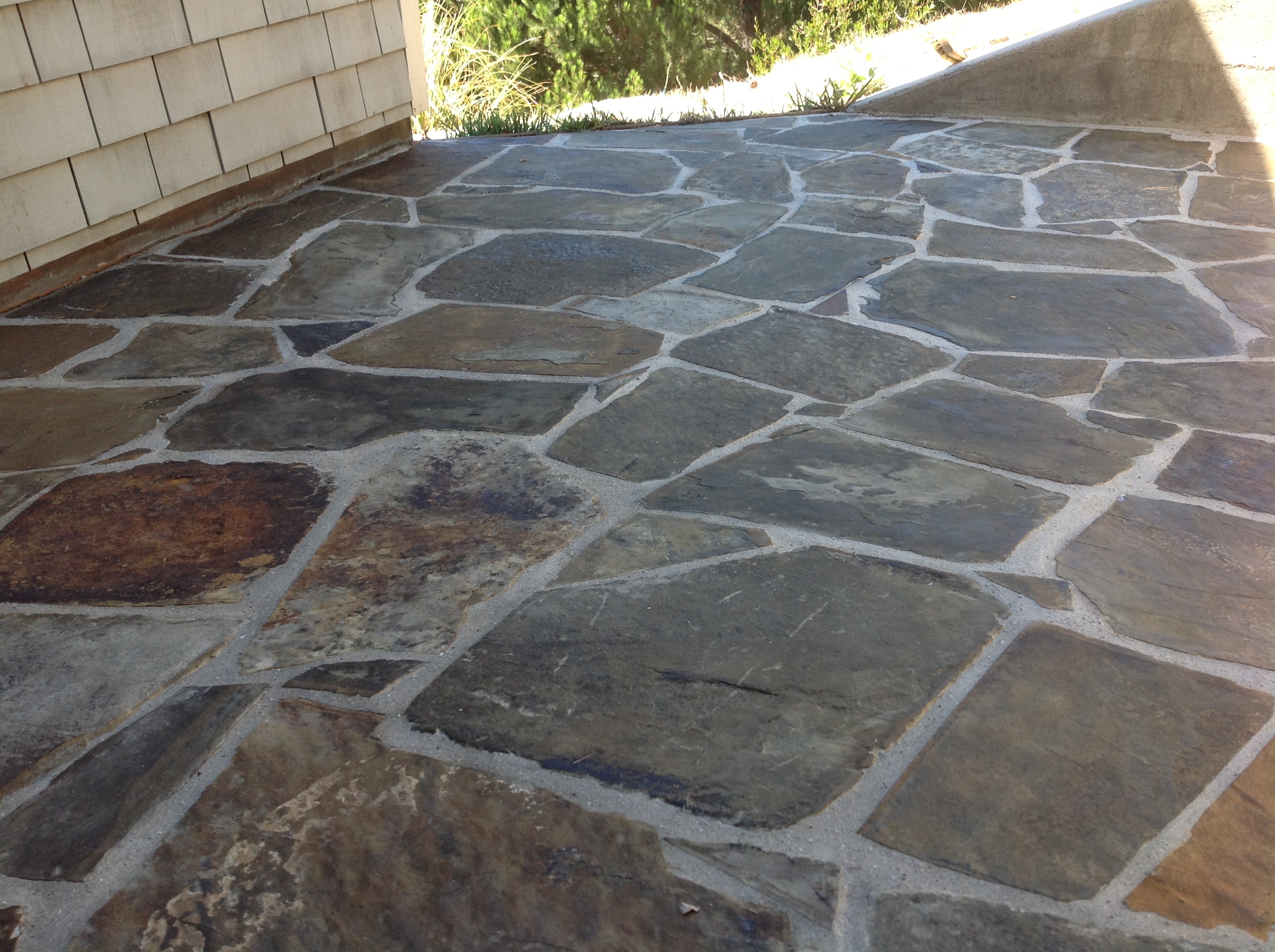

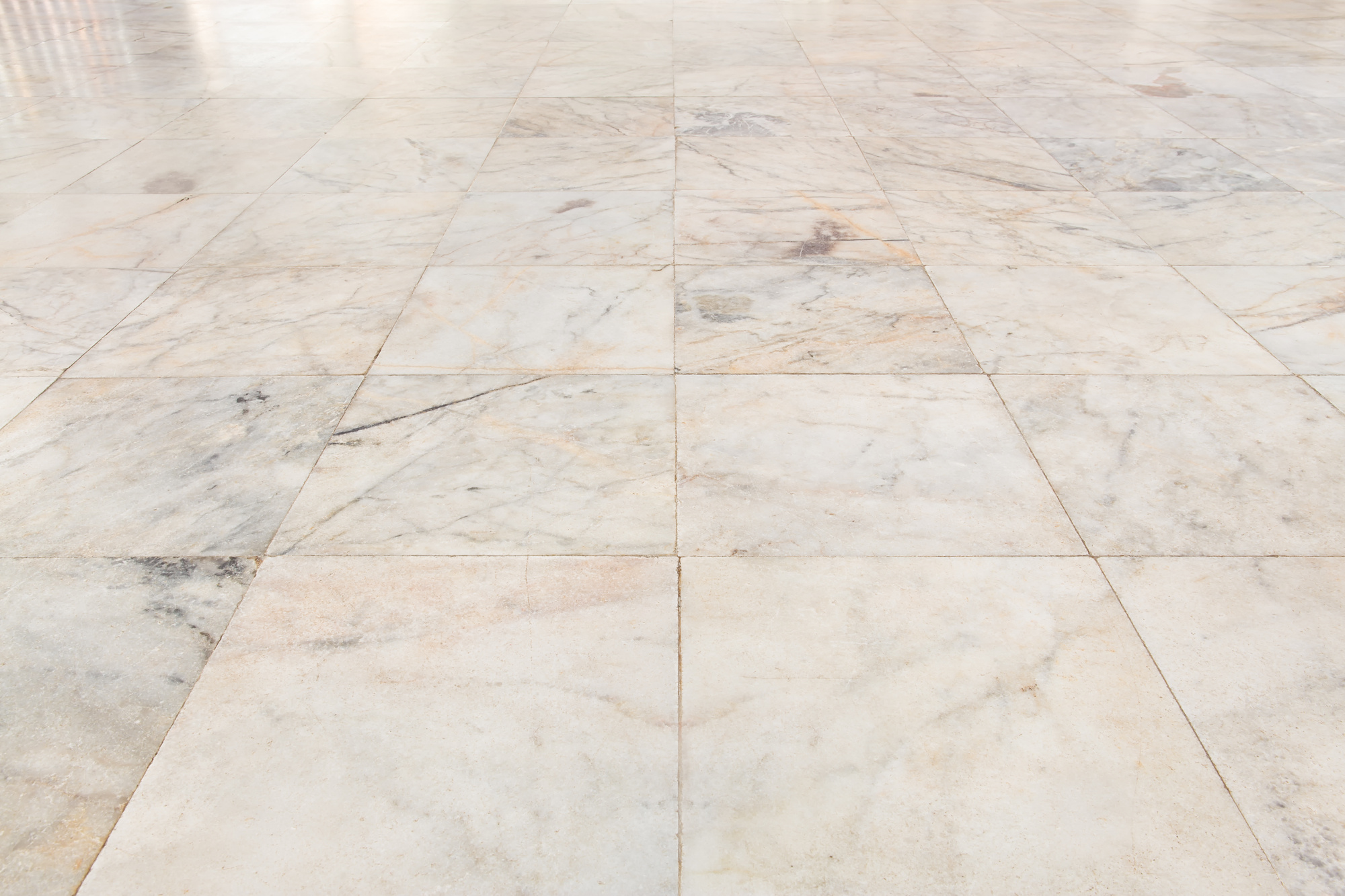




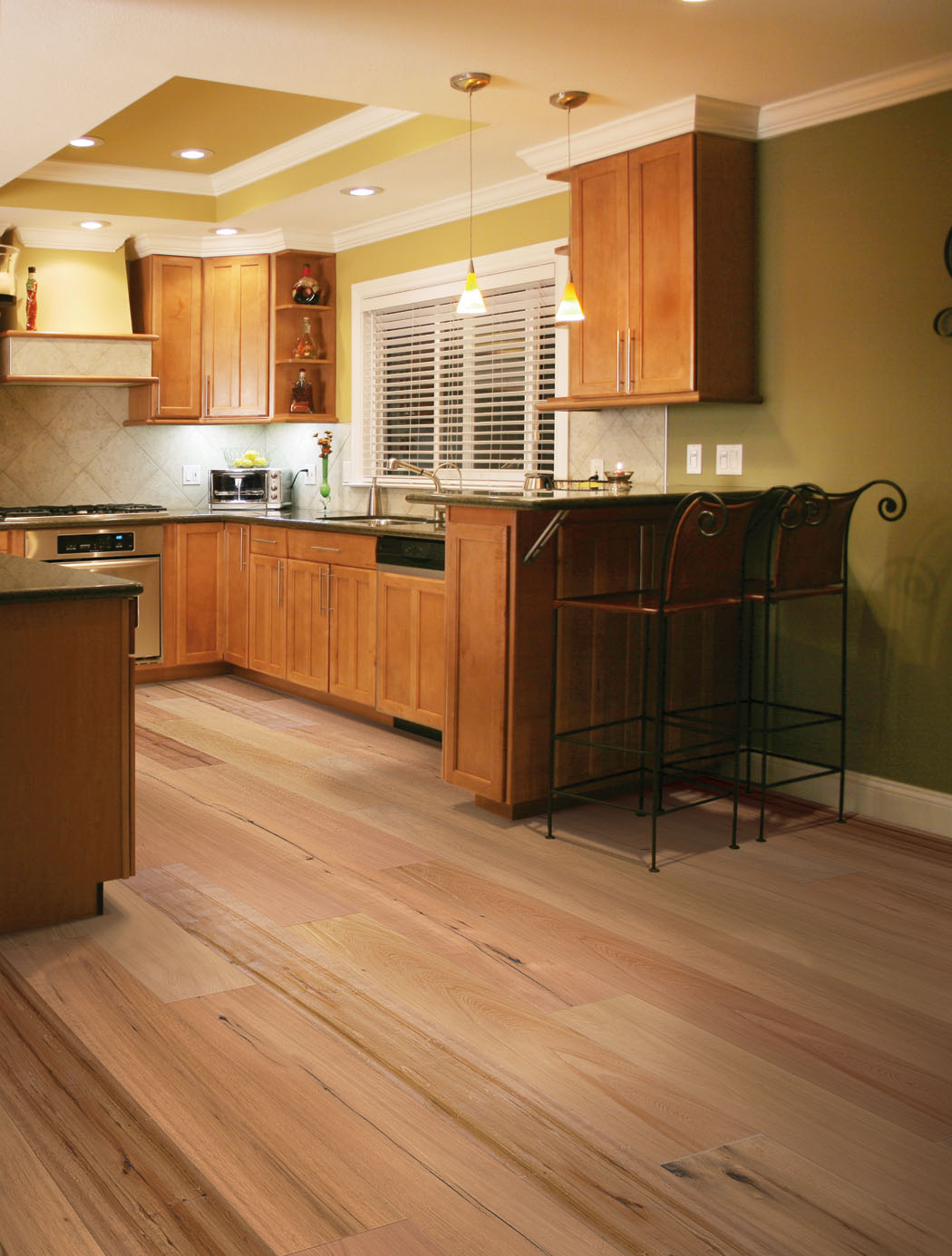


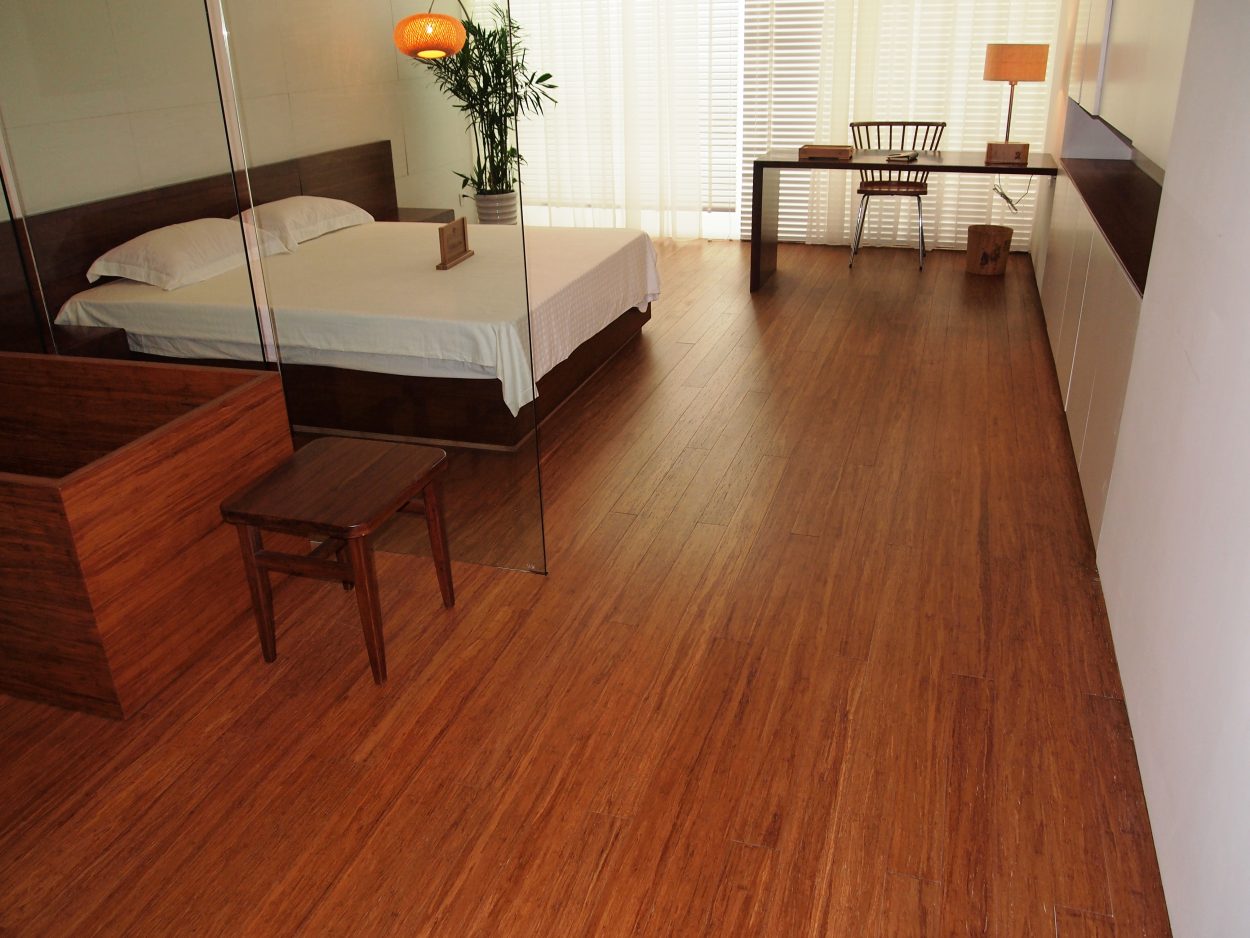
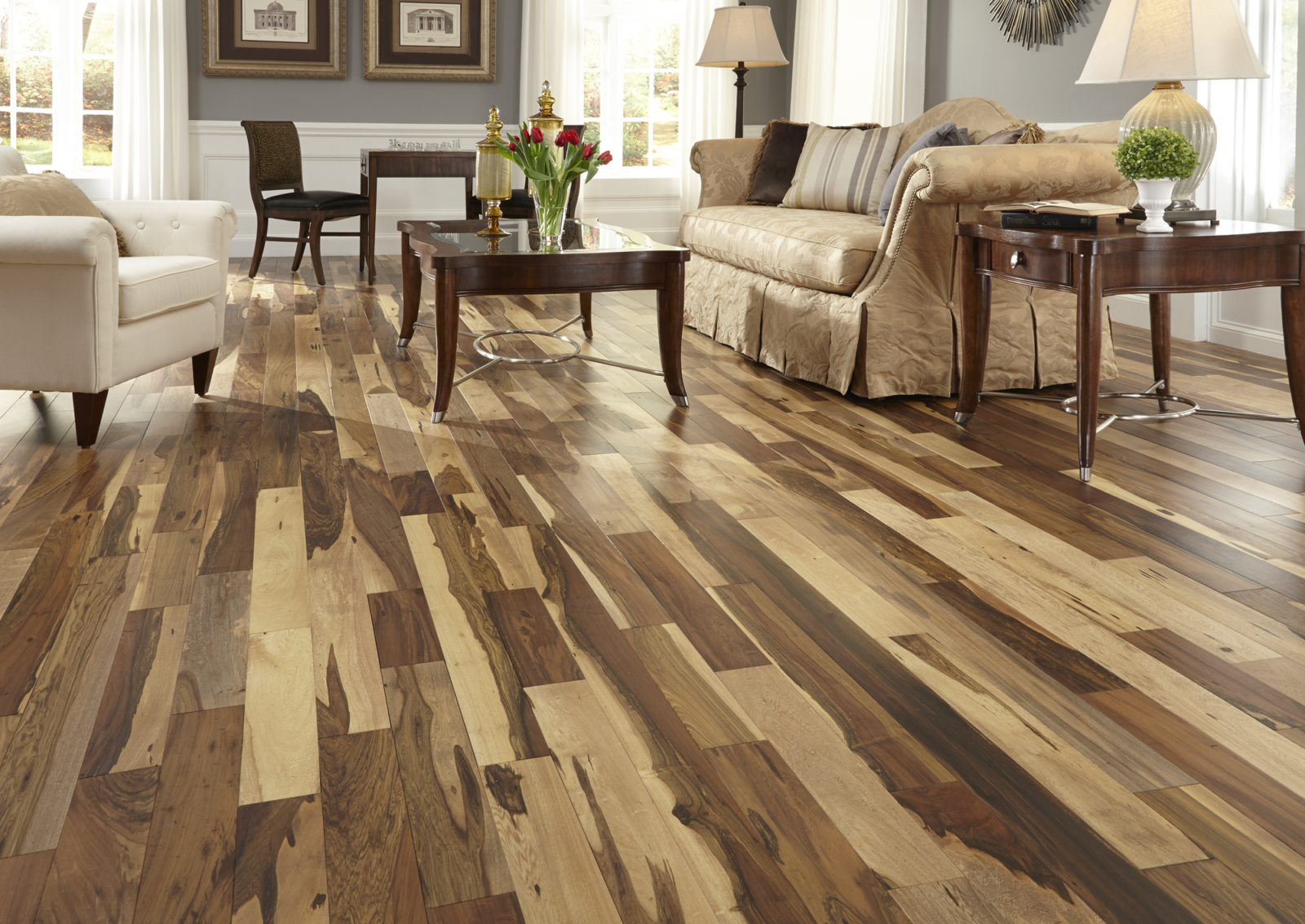
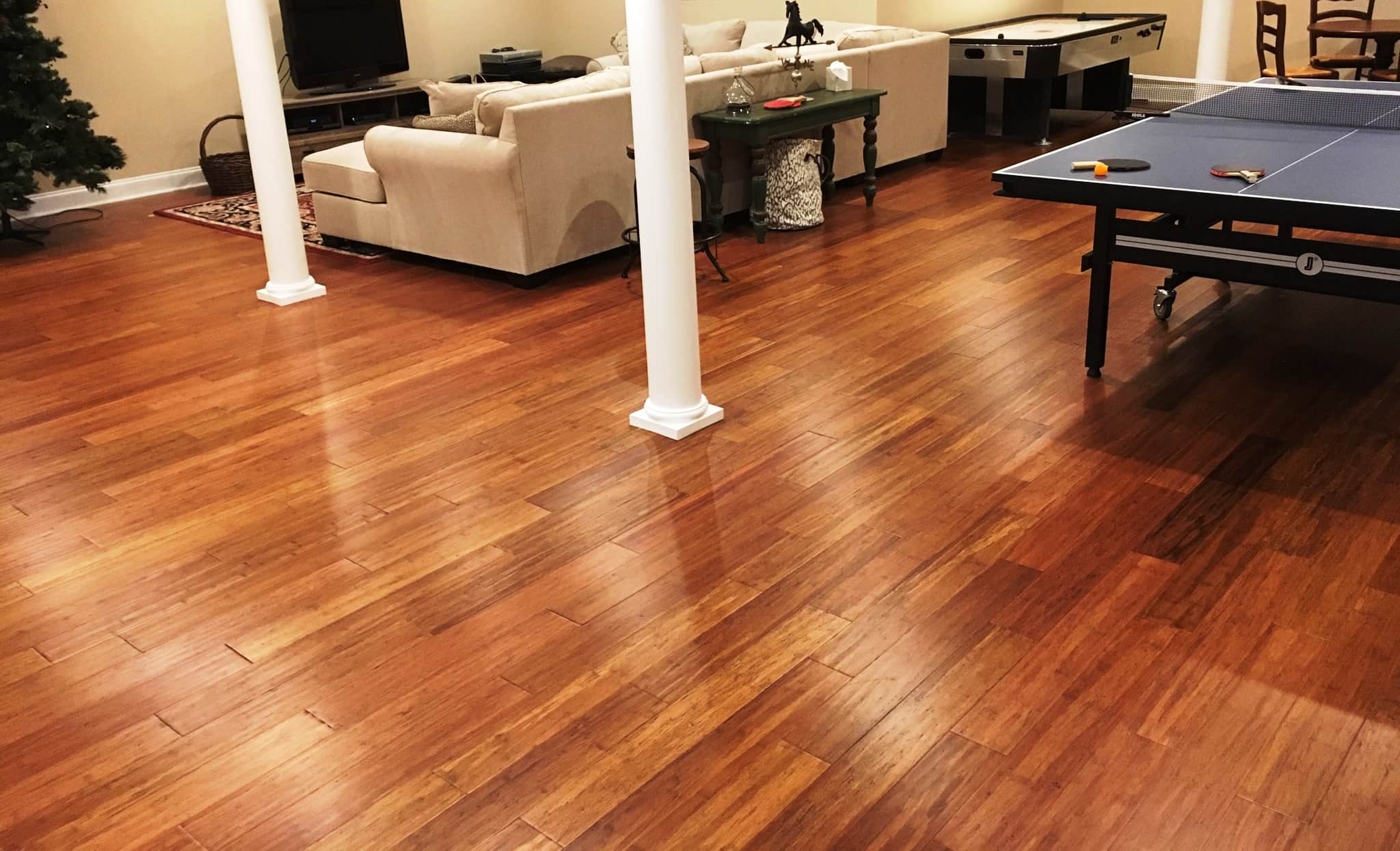


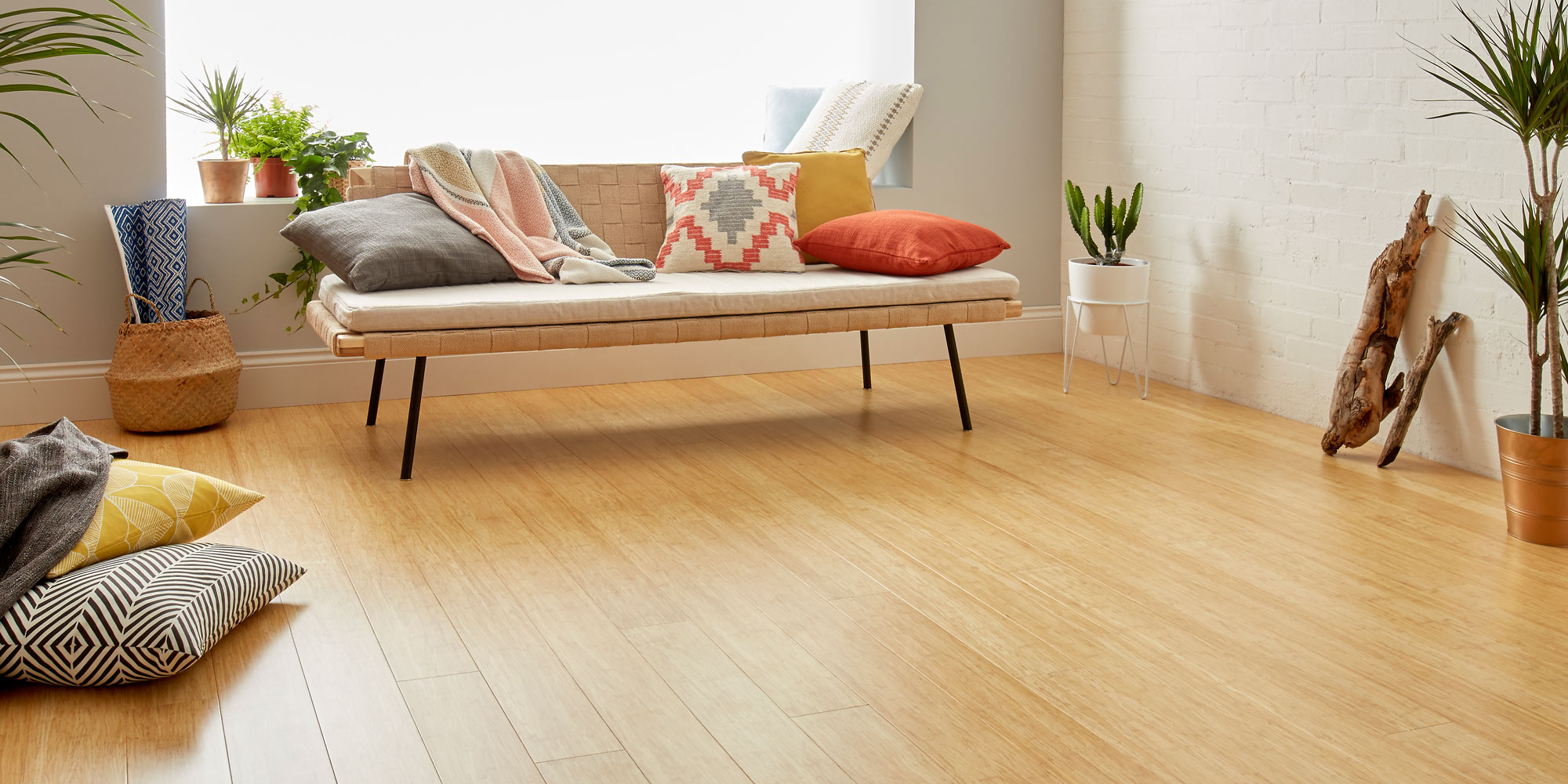


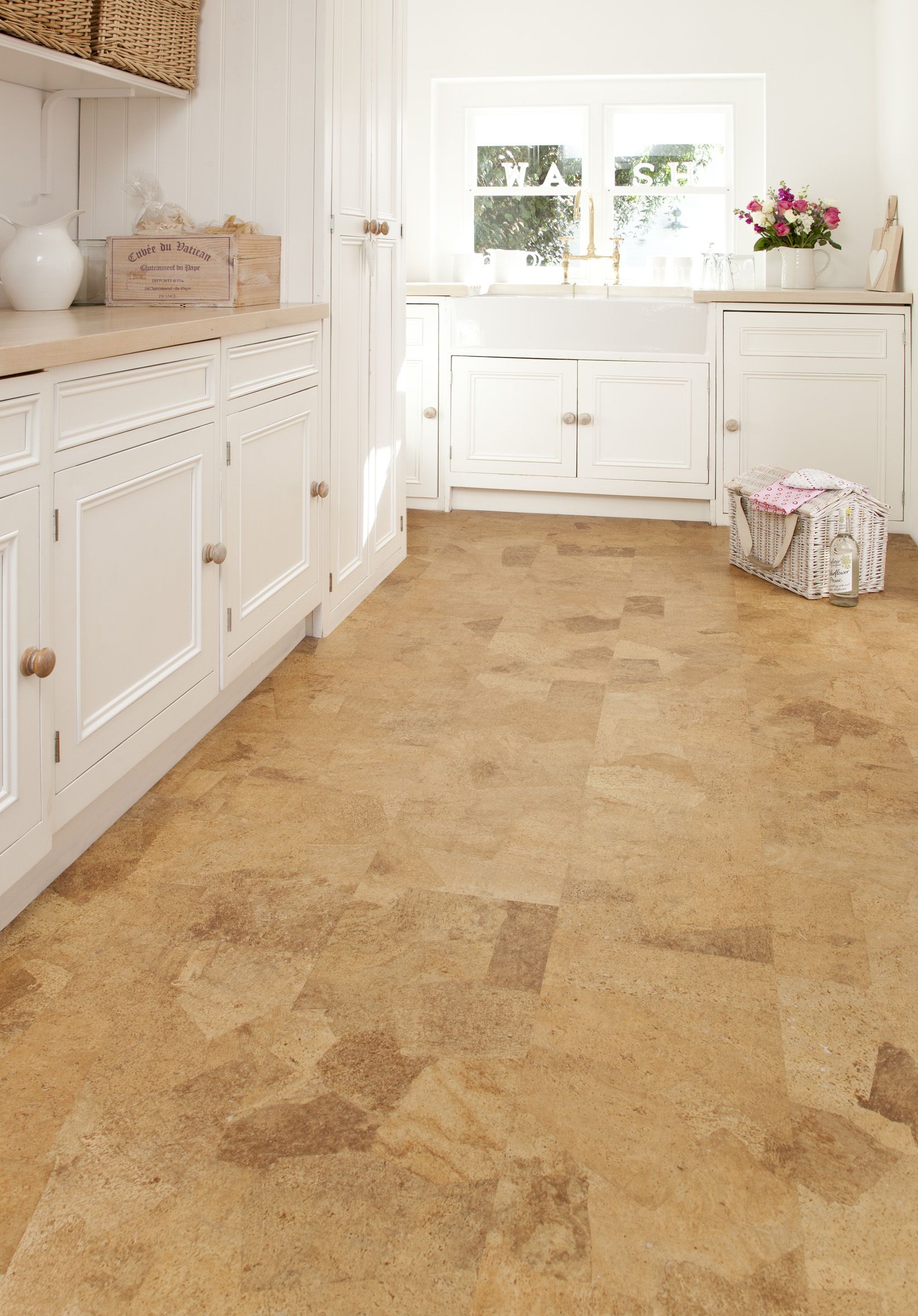



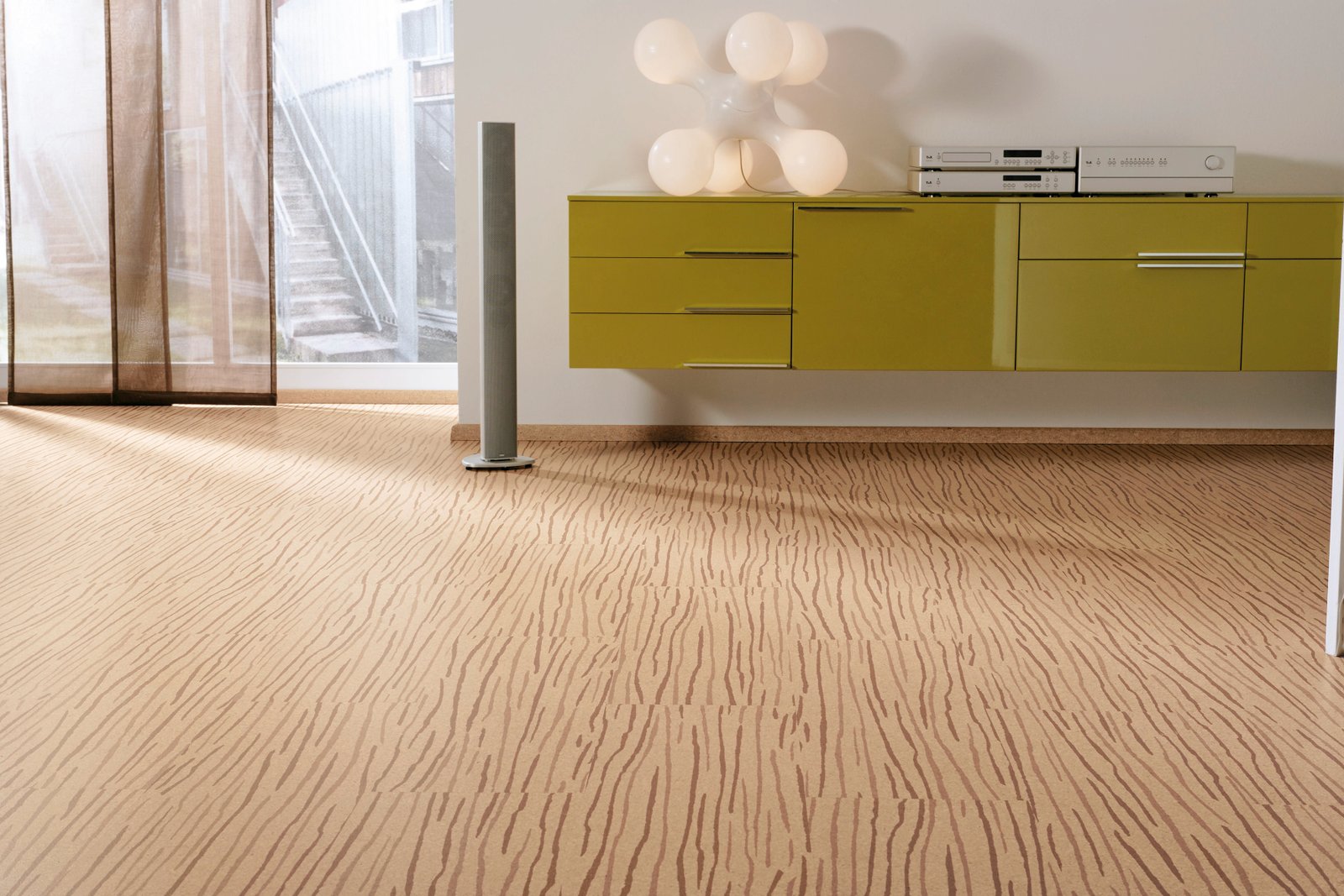

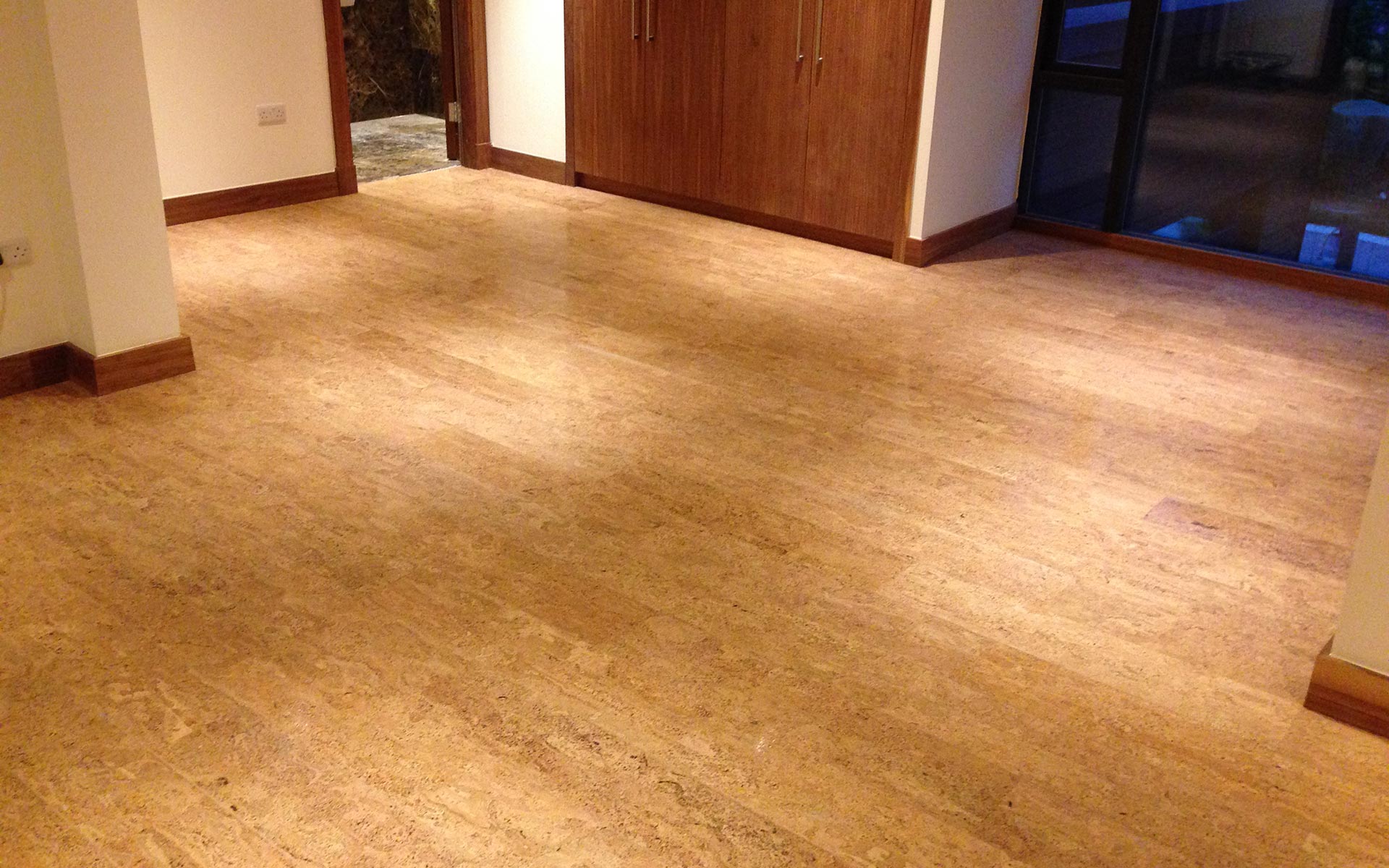
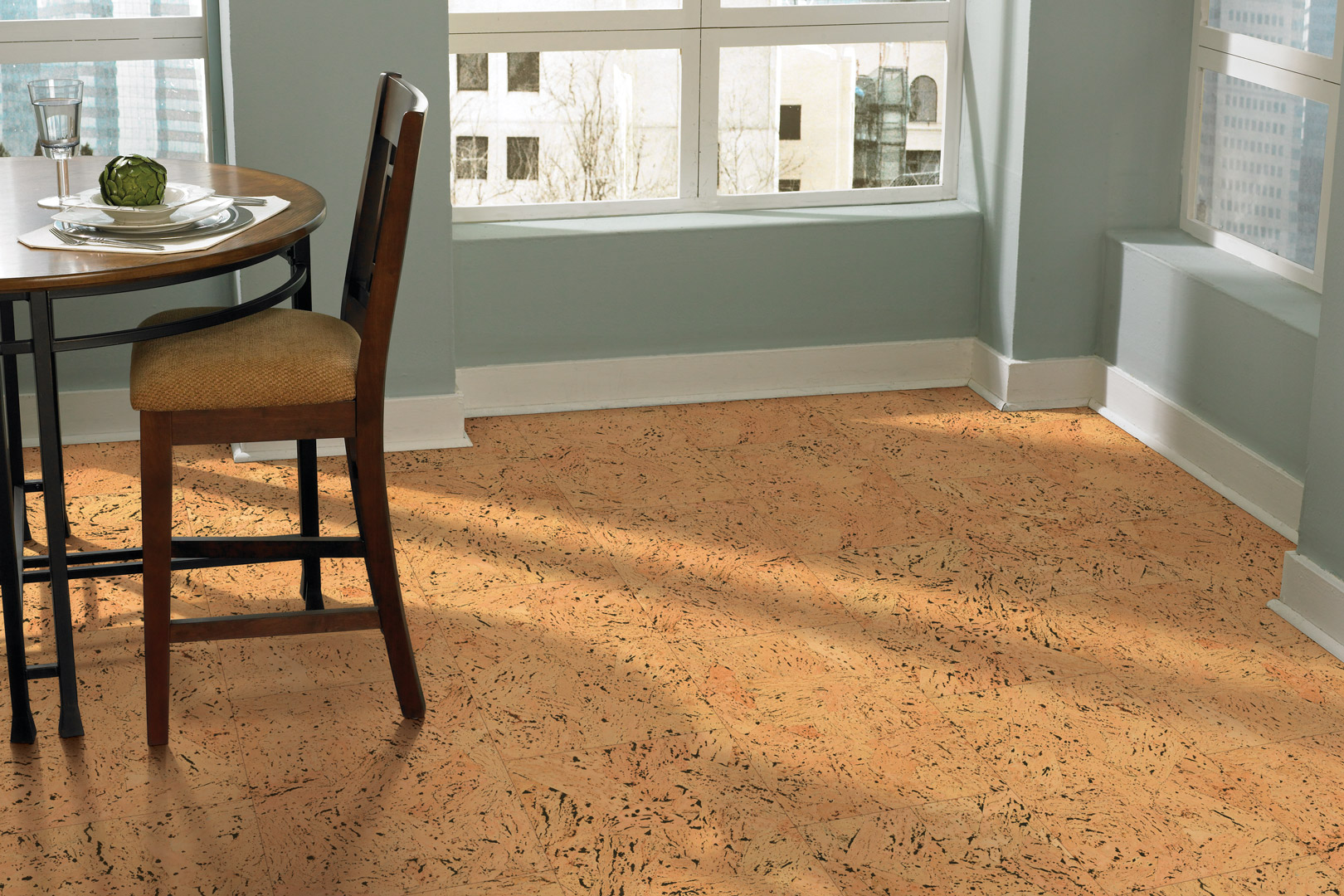
/cork-flooring-in-unfurnished-new-home-647206431-5b4540a646e0fb00543e2ba0.jpg)

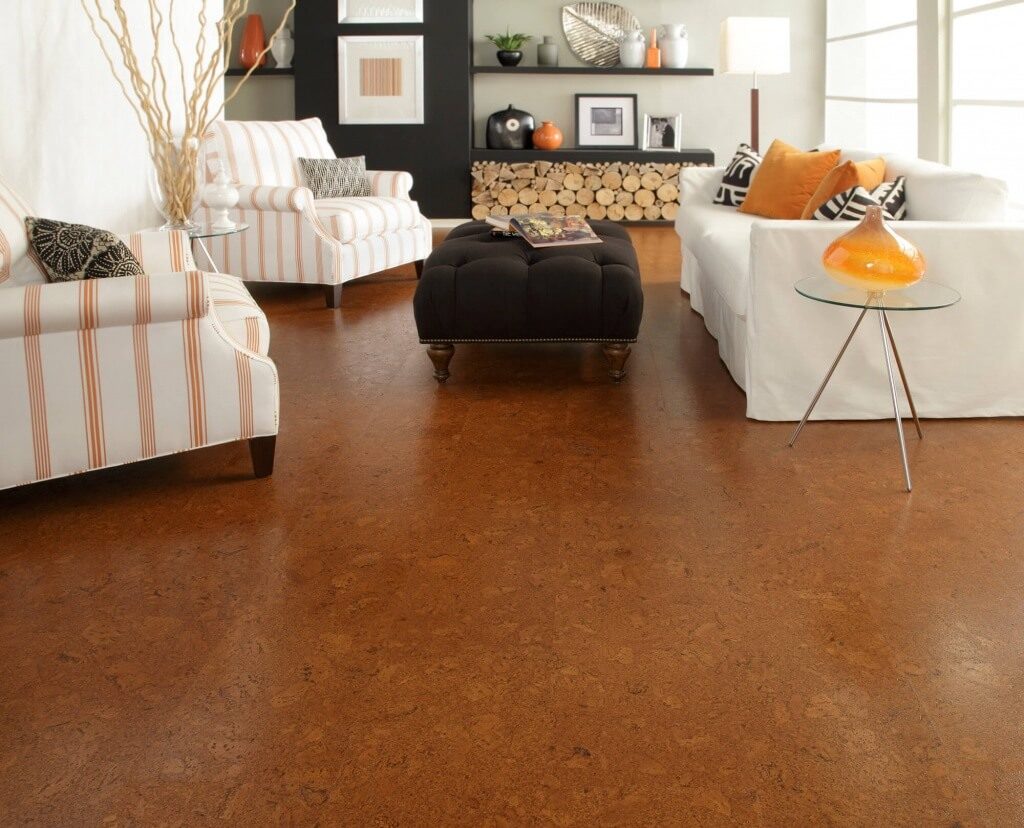

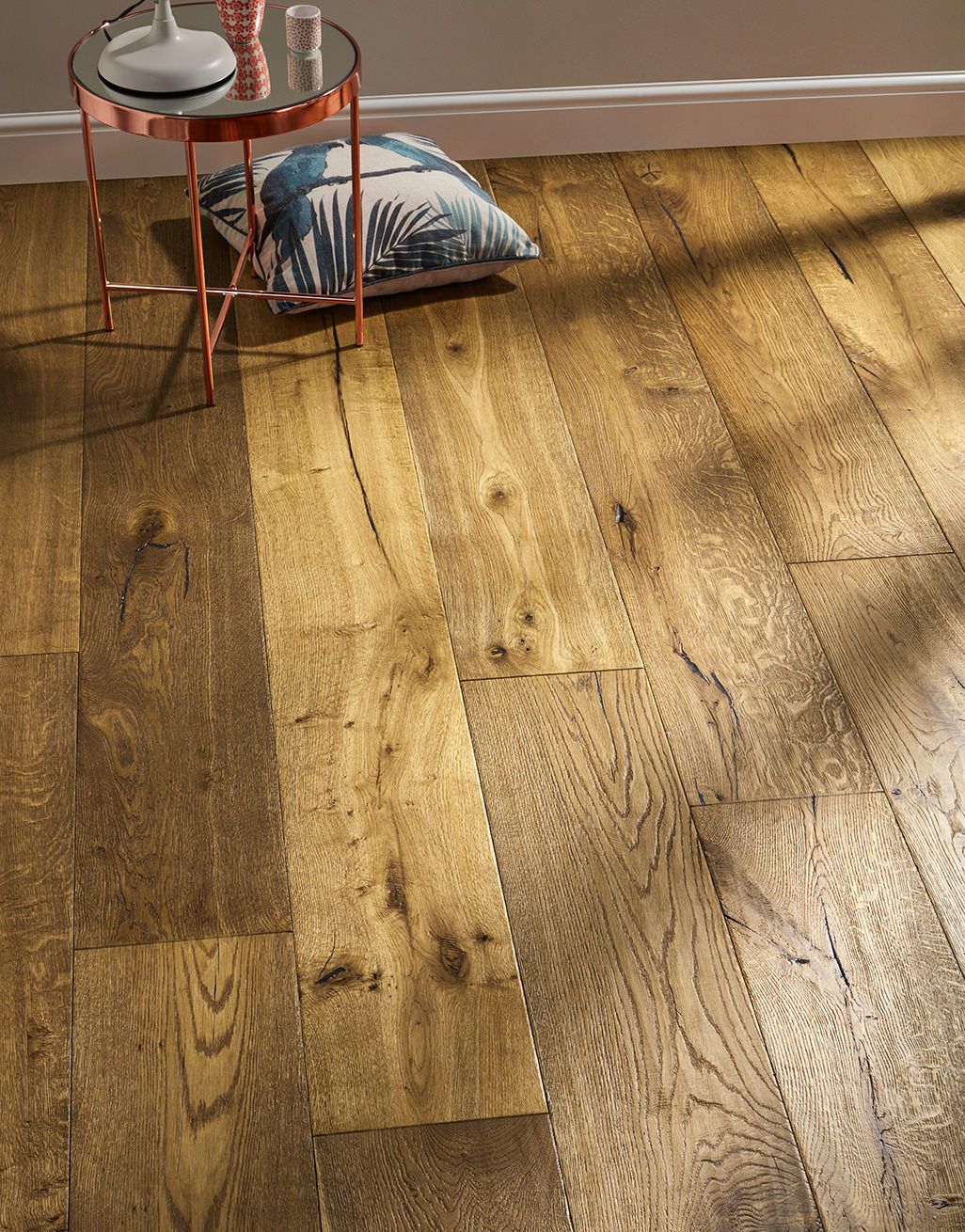
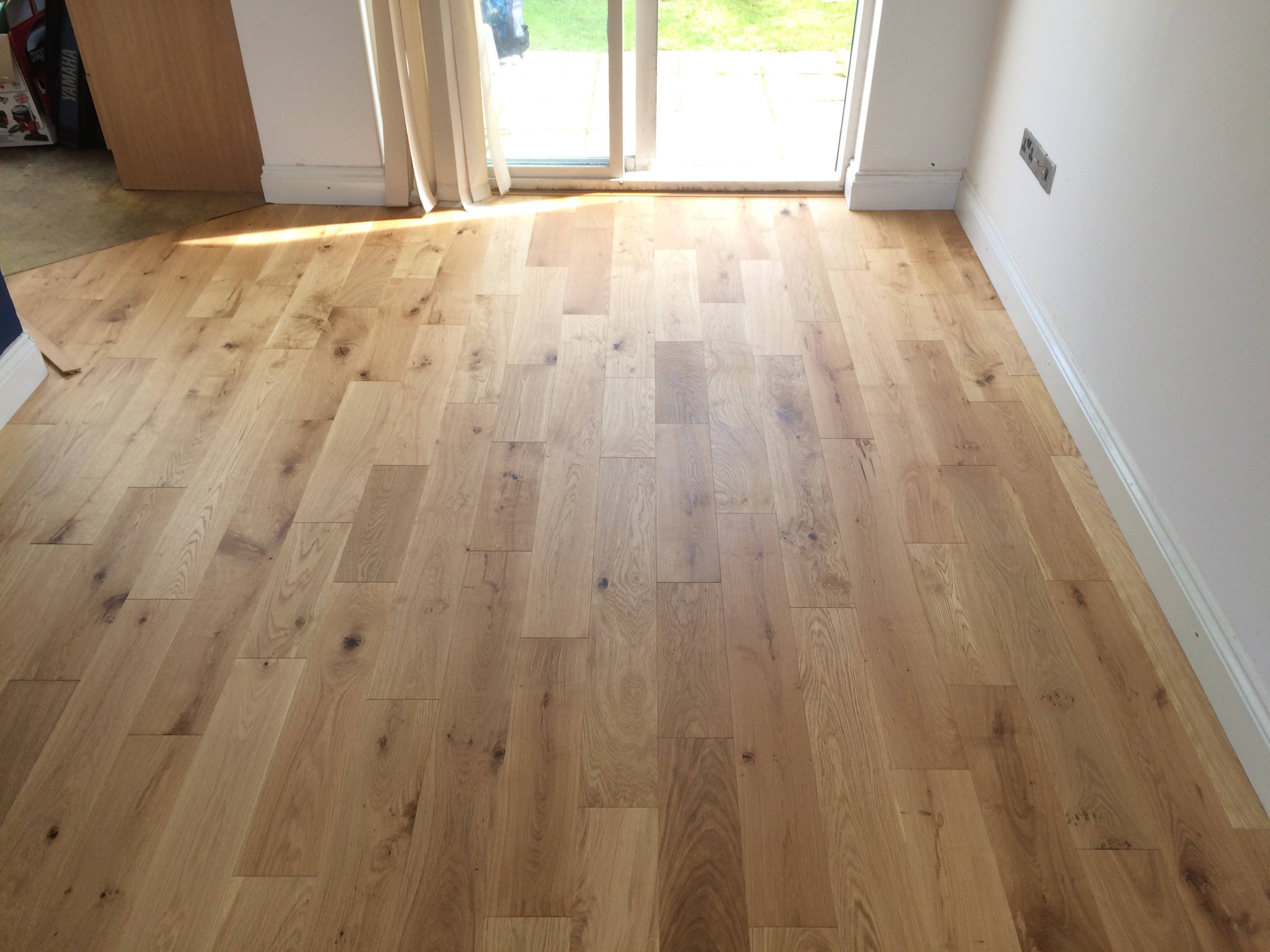
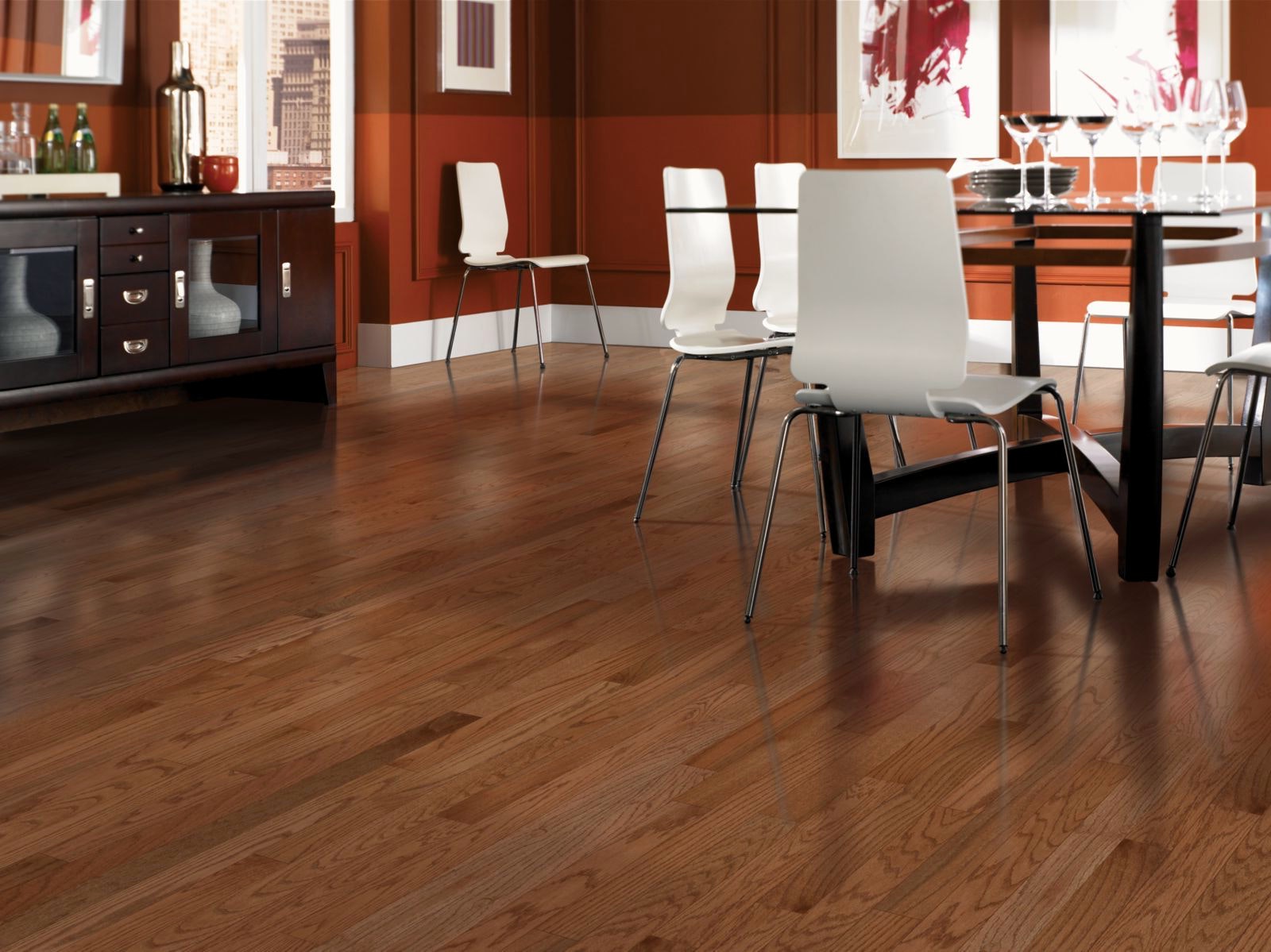
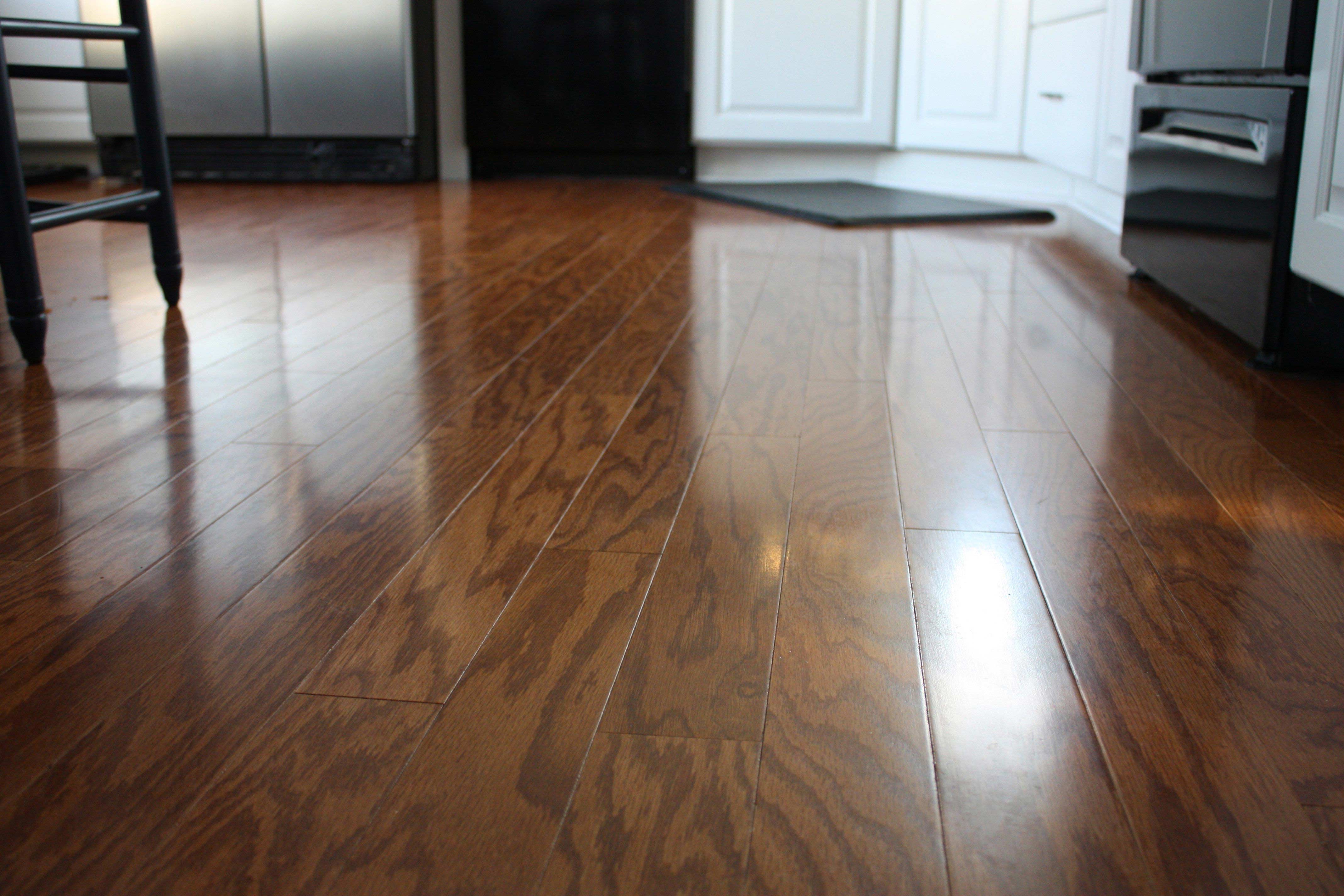
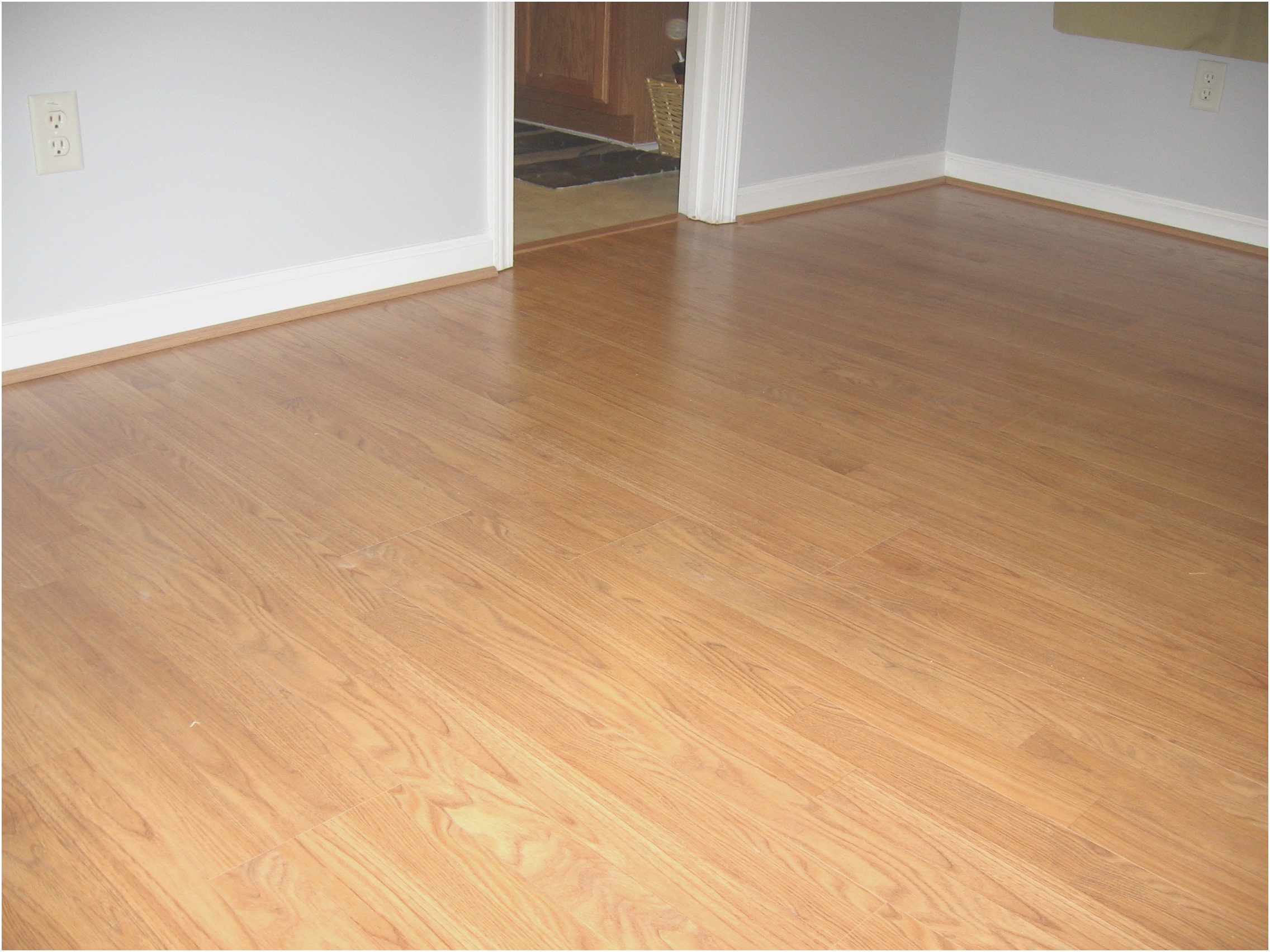
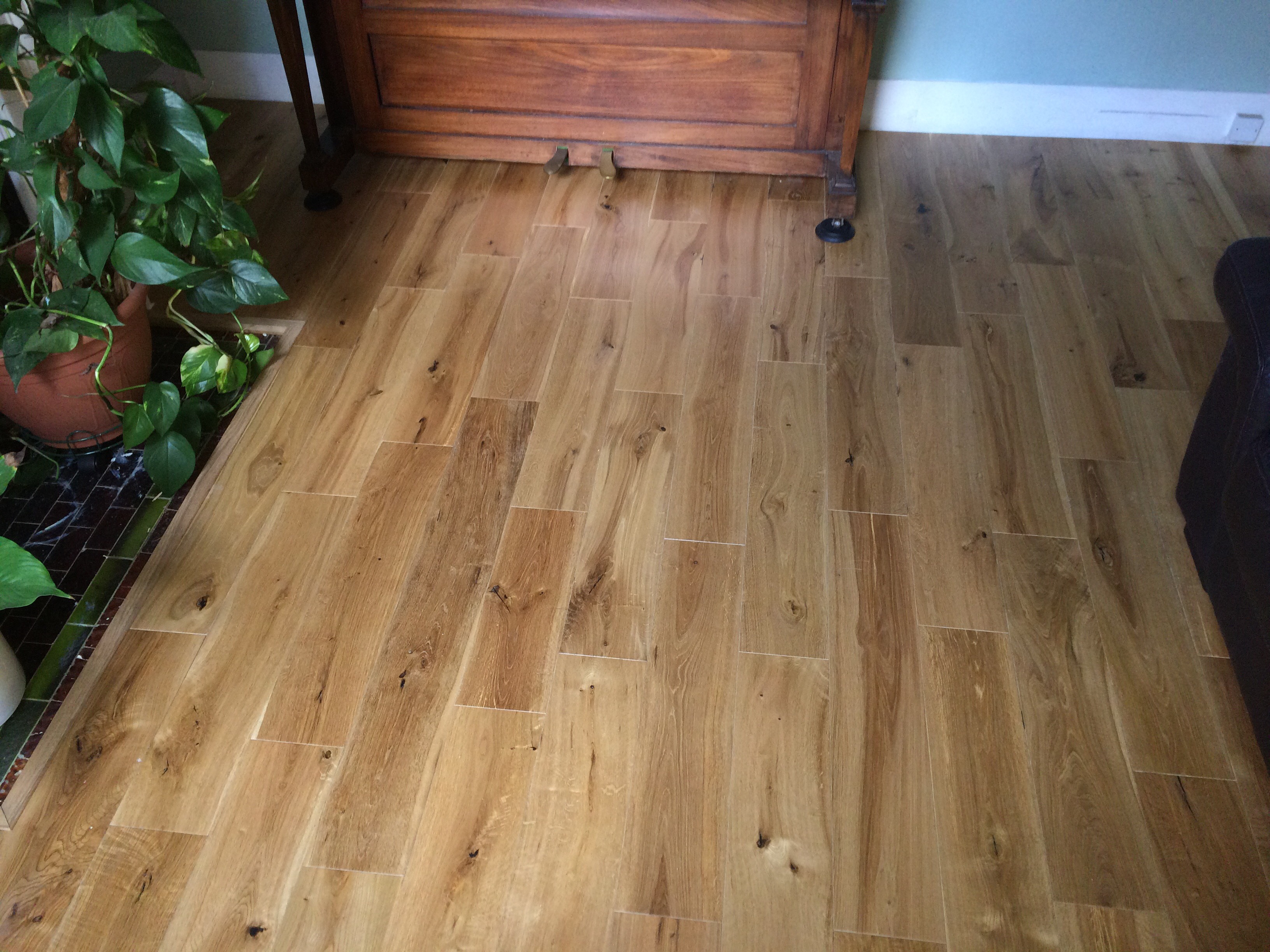
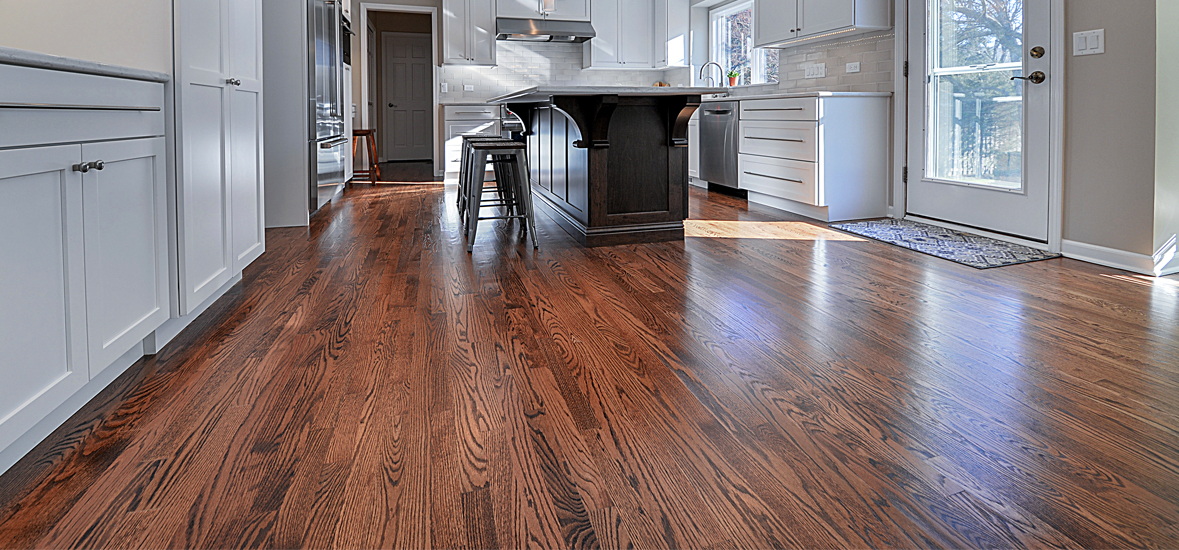




/porcelain-5a747a53ae9ab80037813b3b.jpg)
